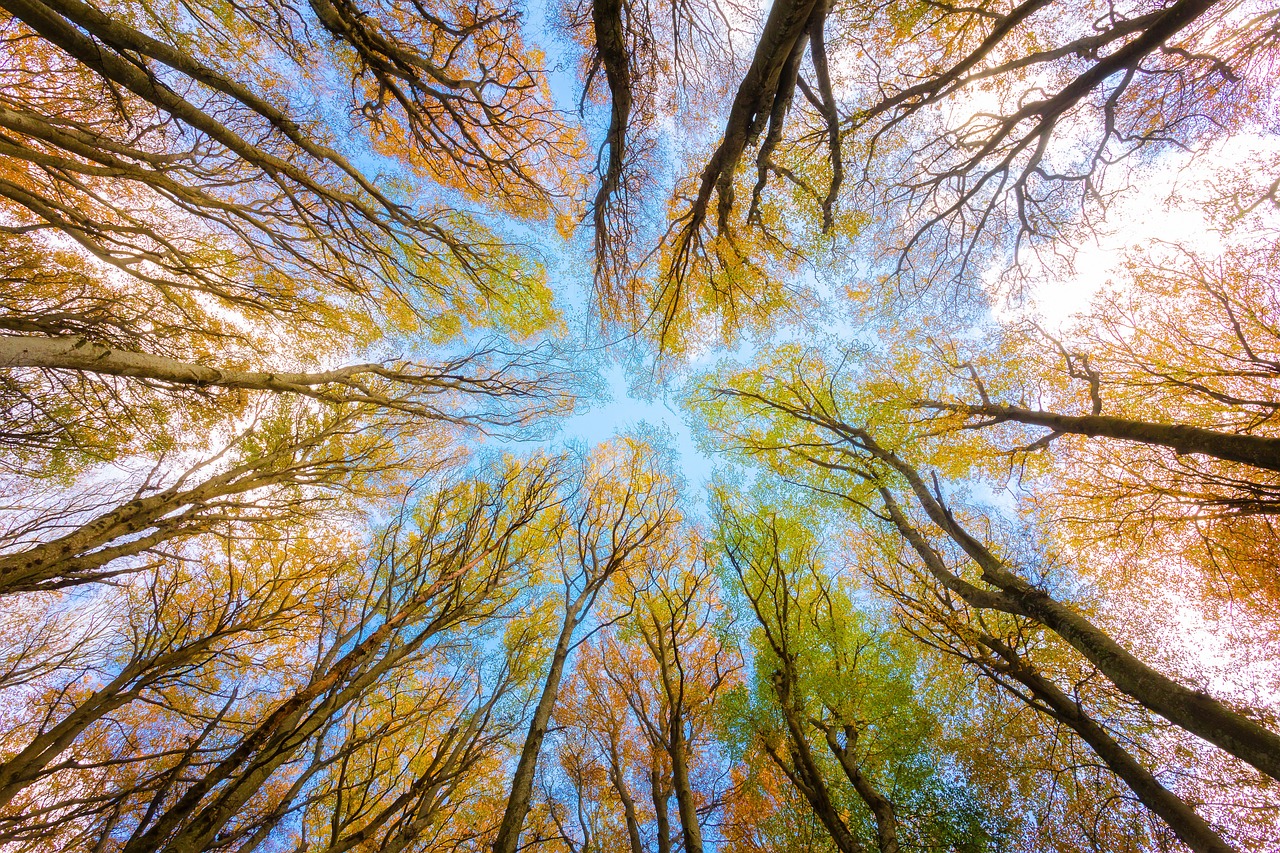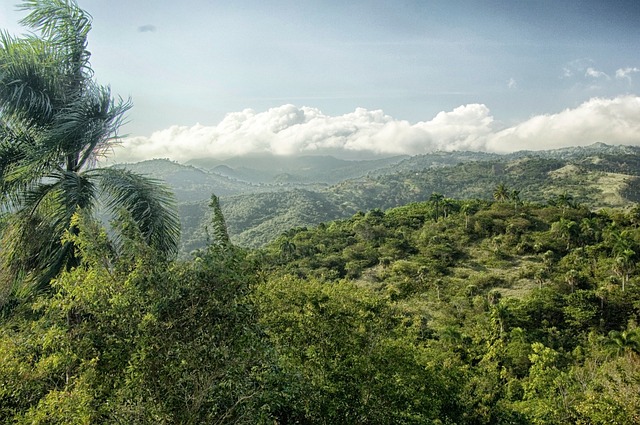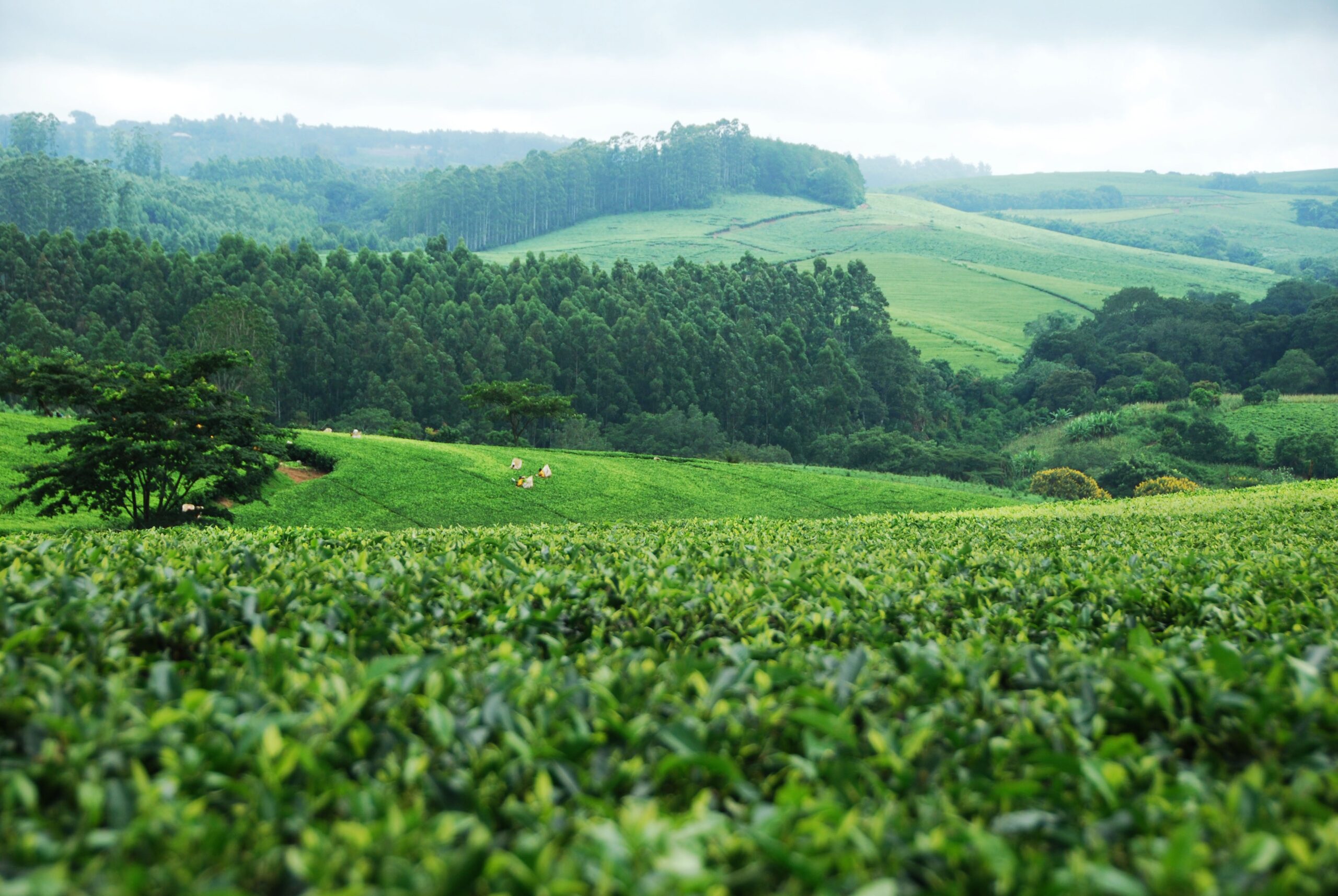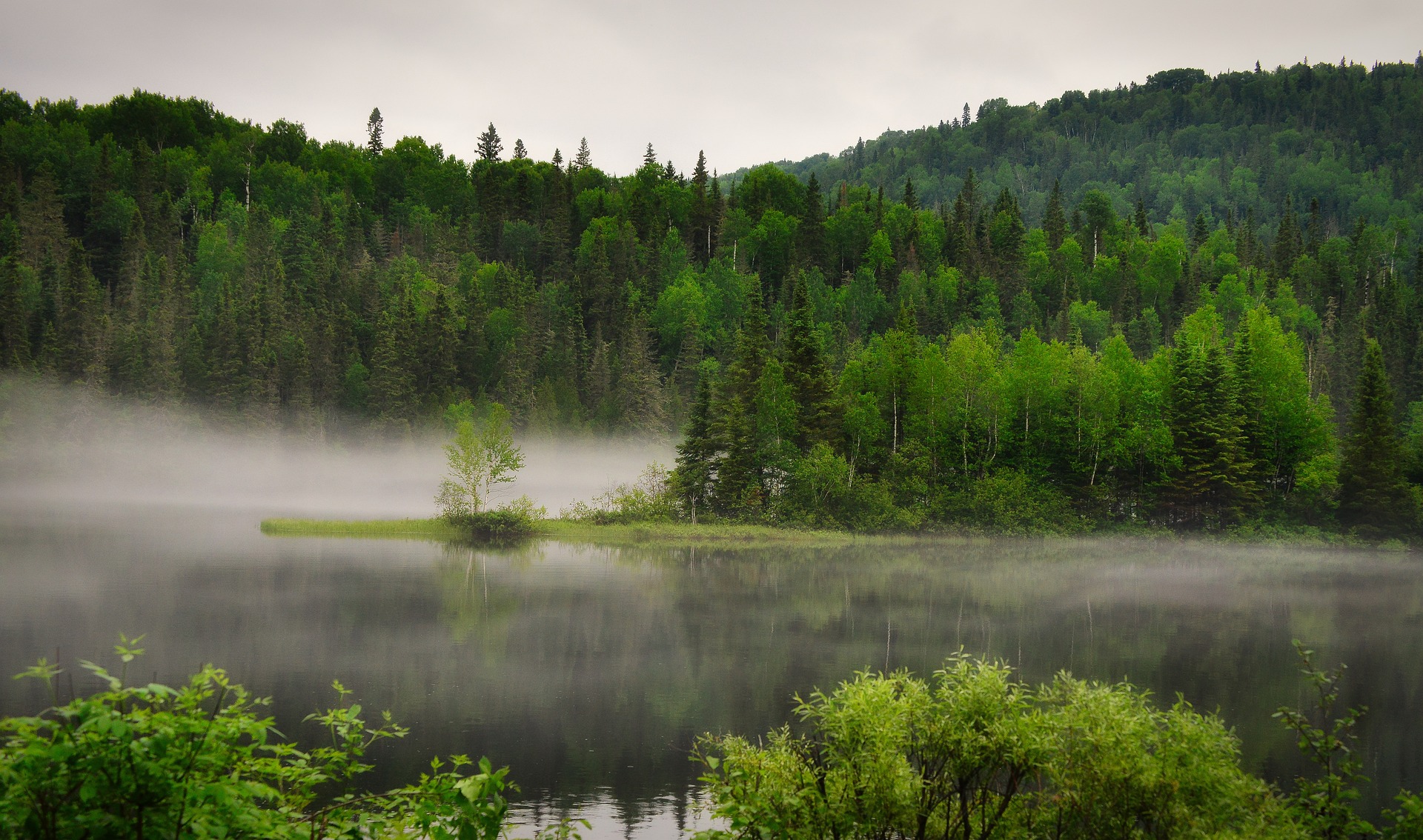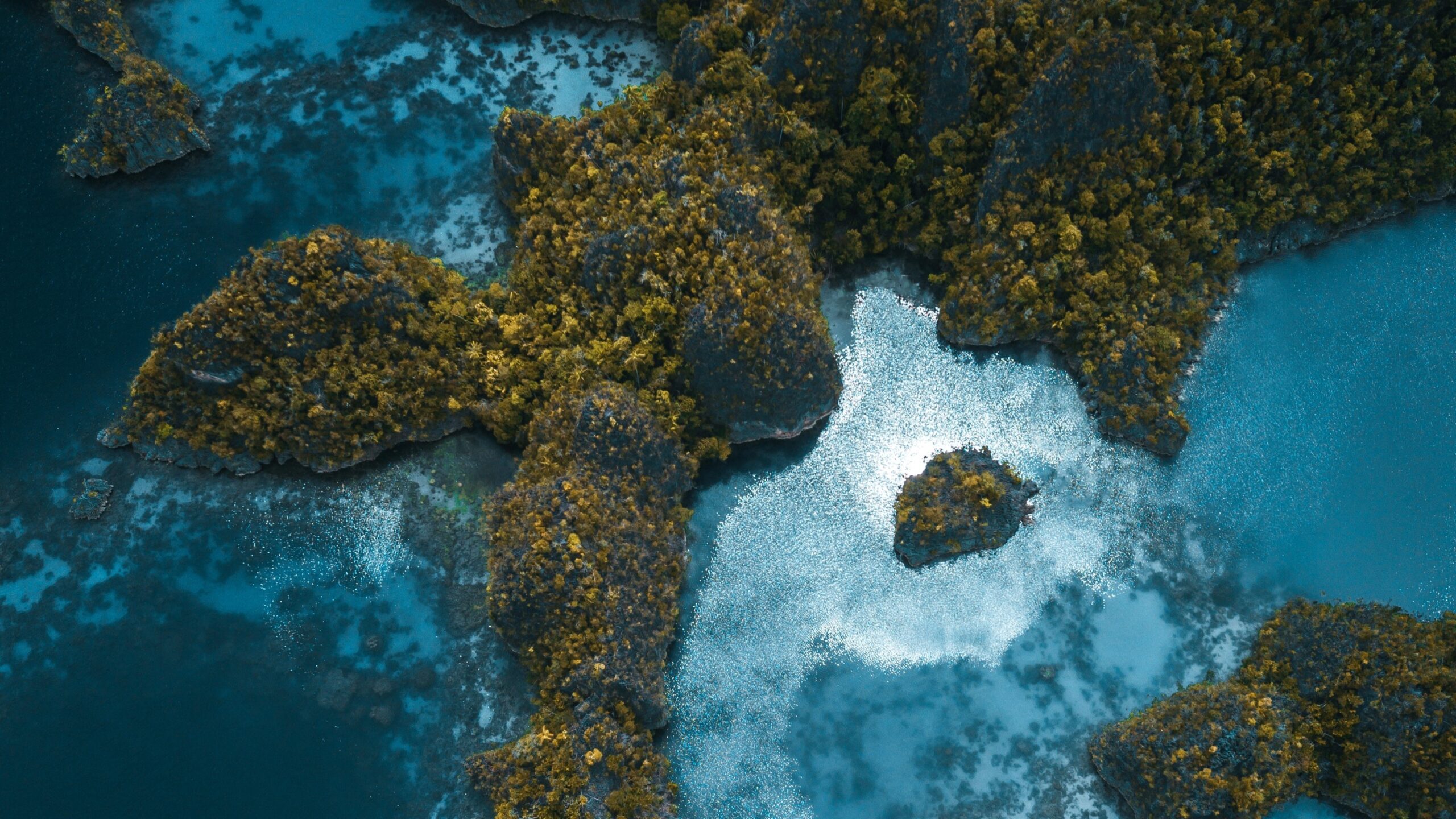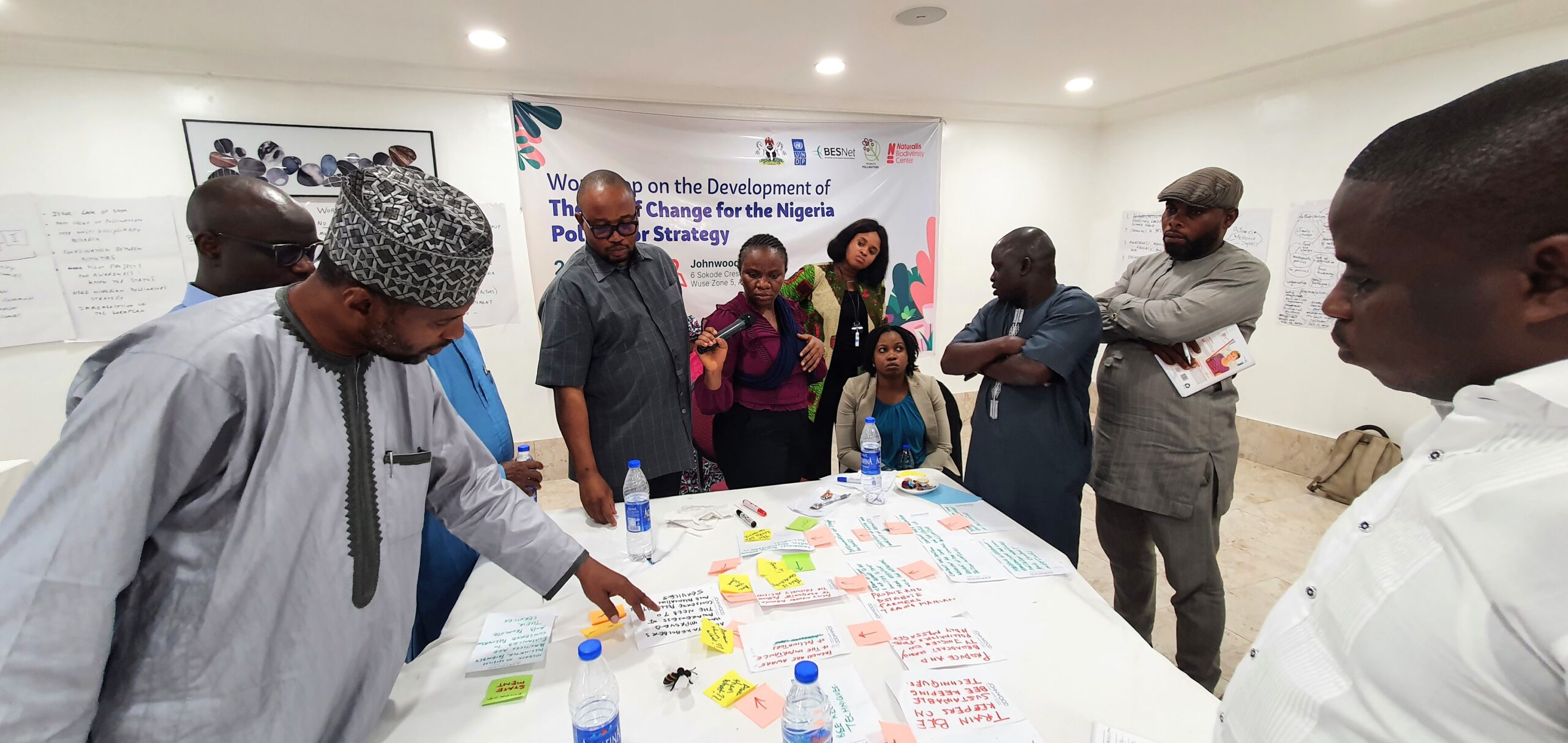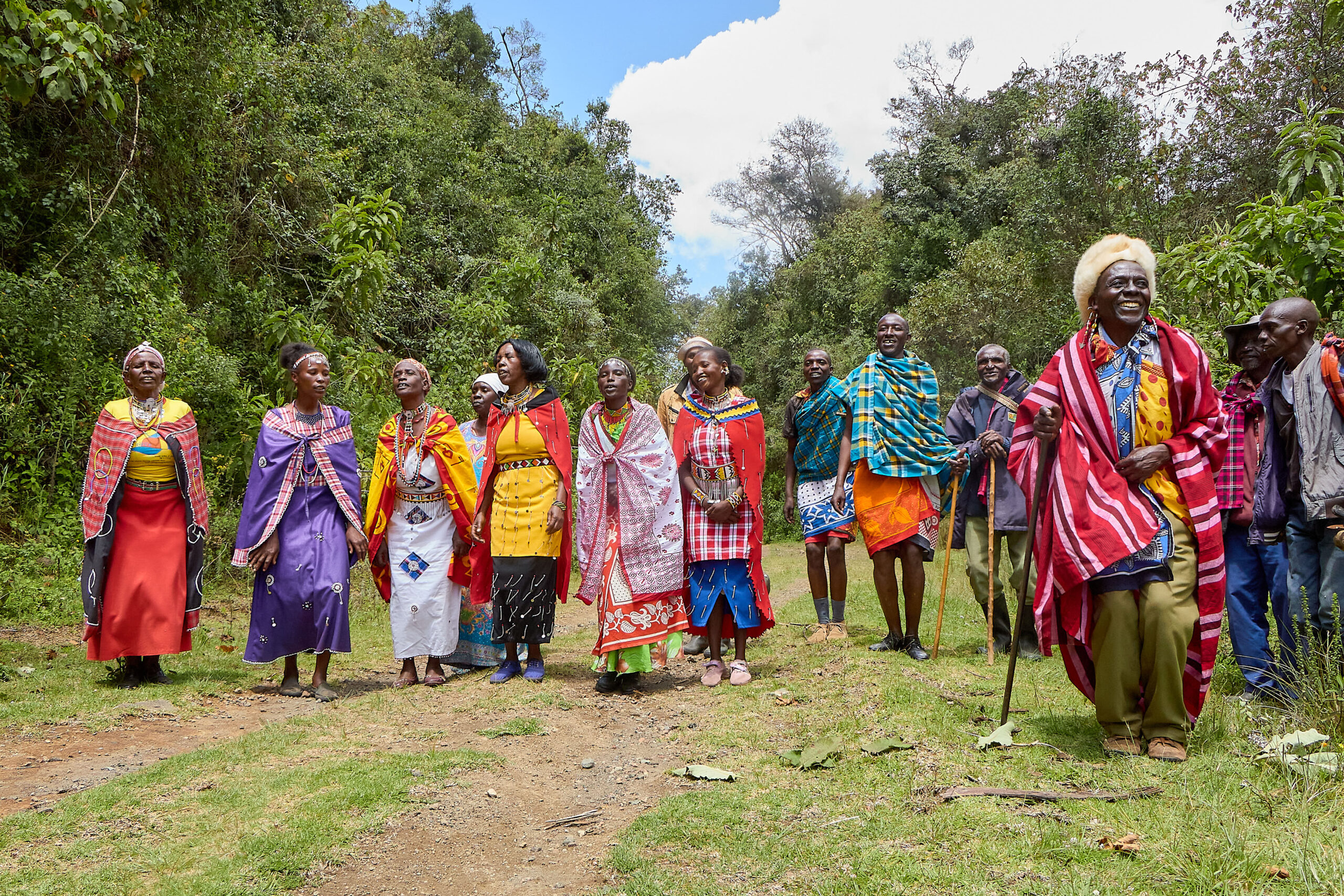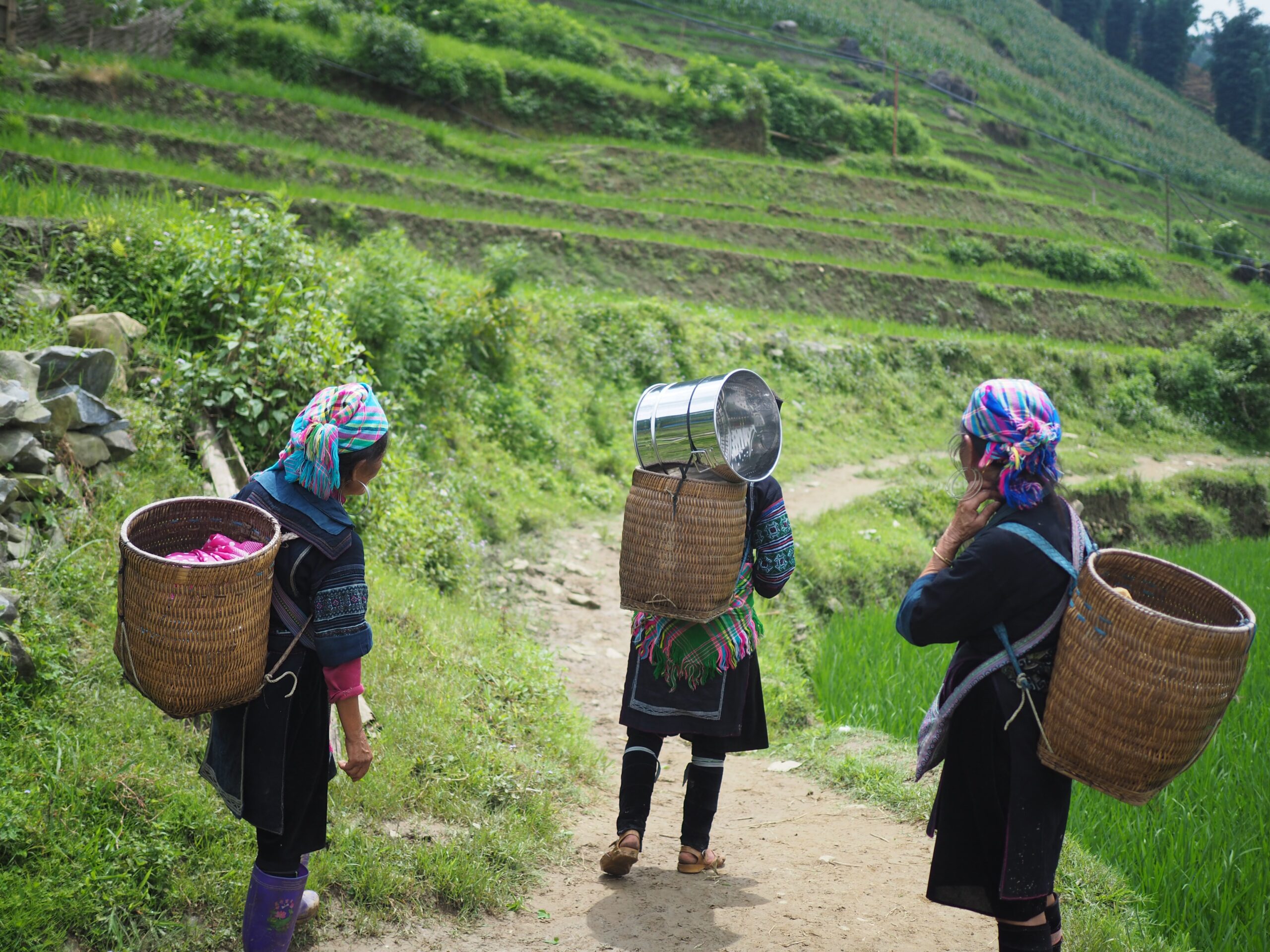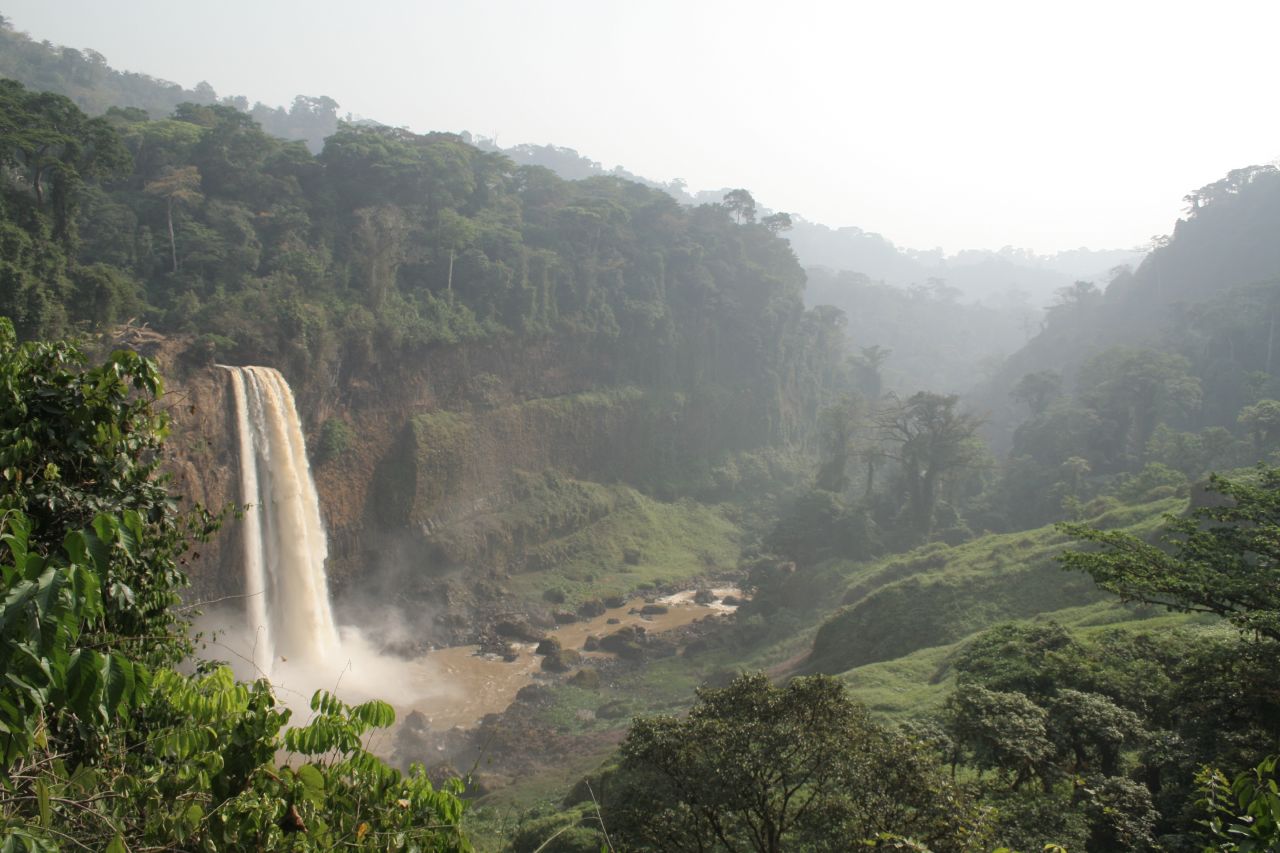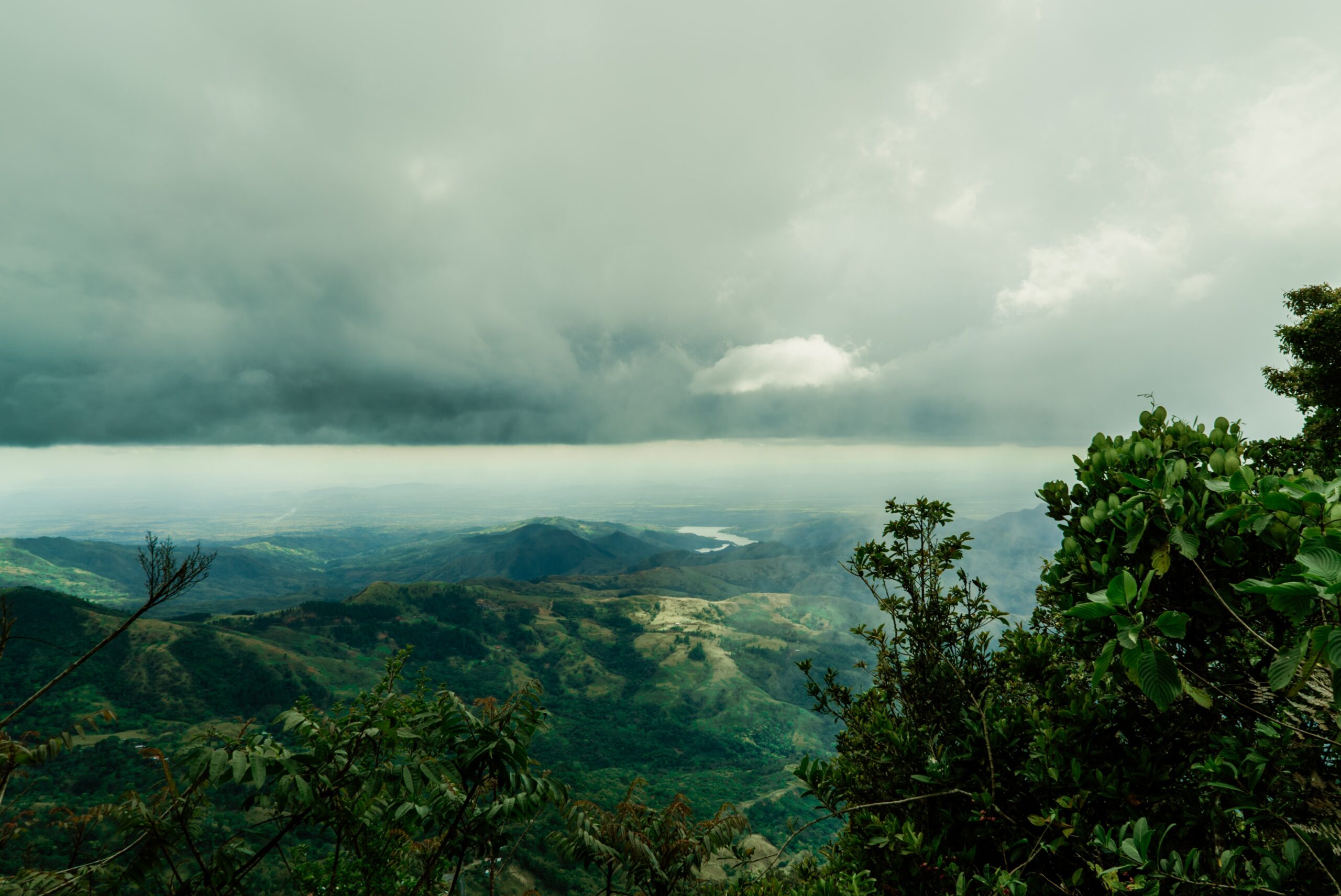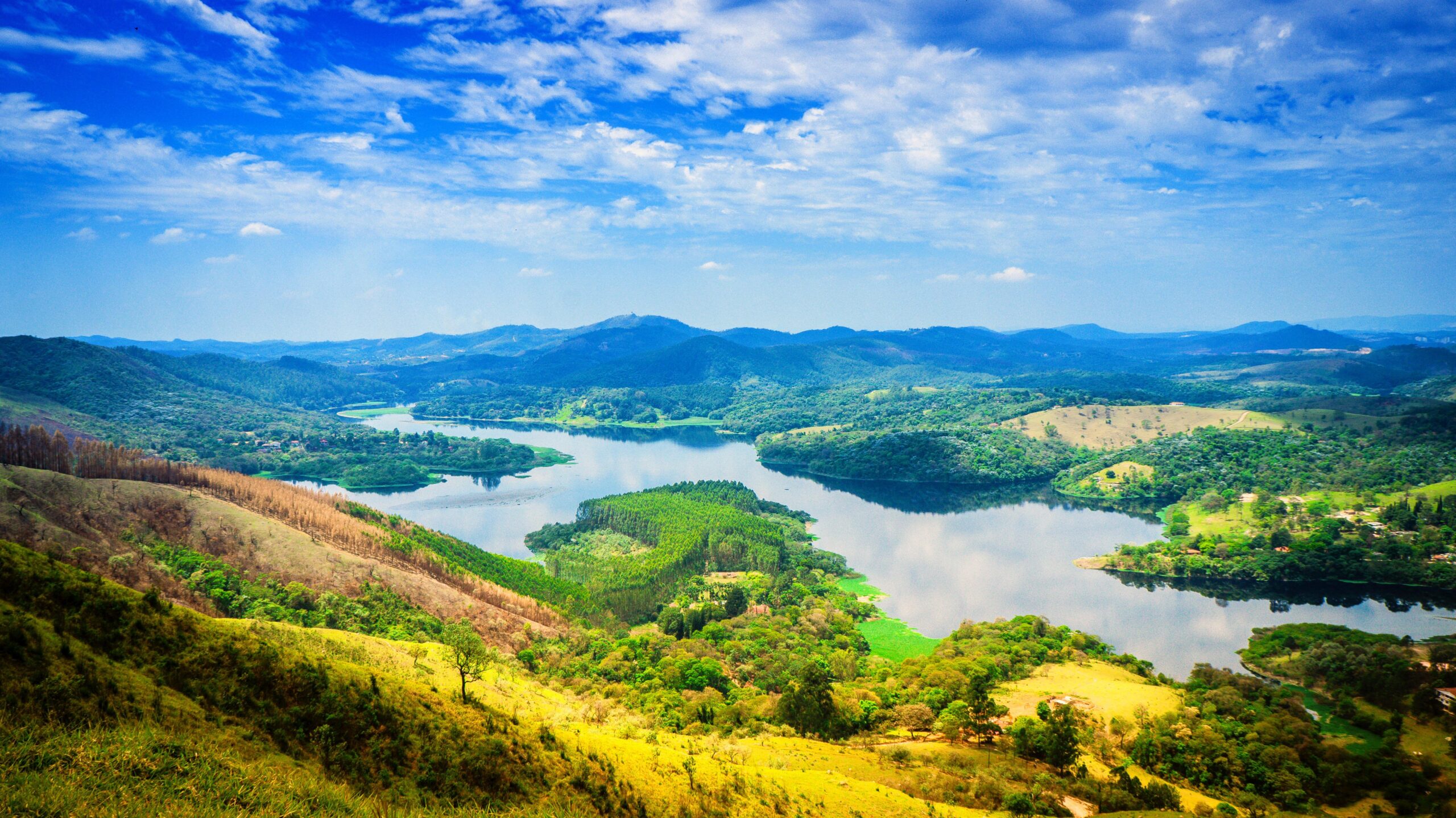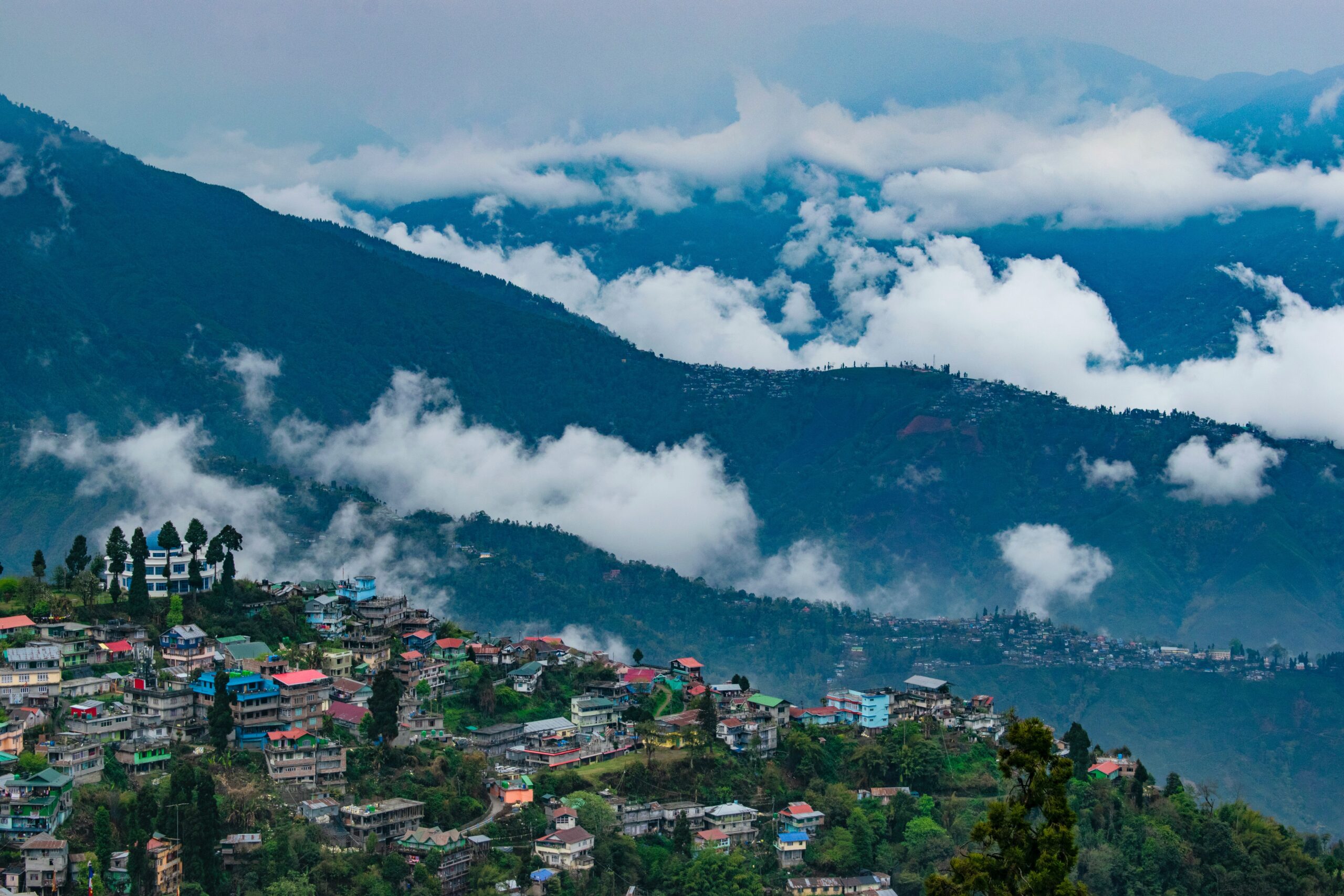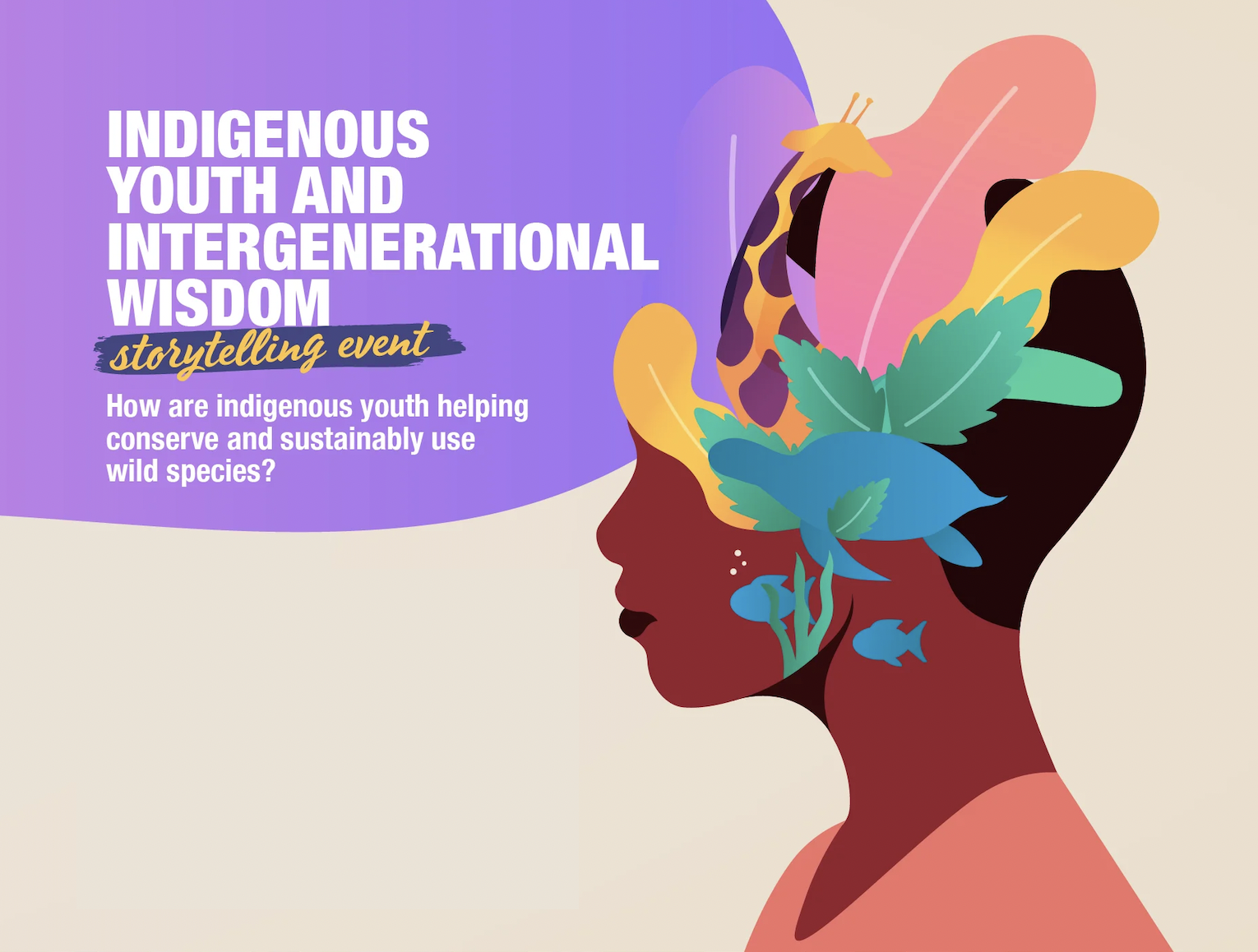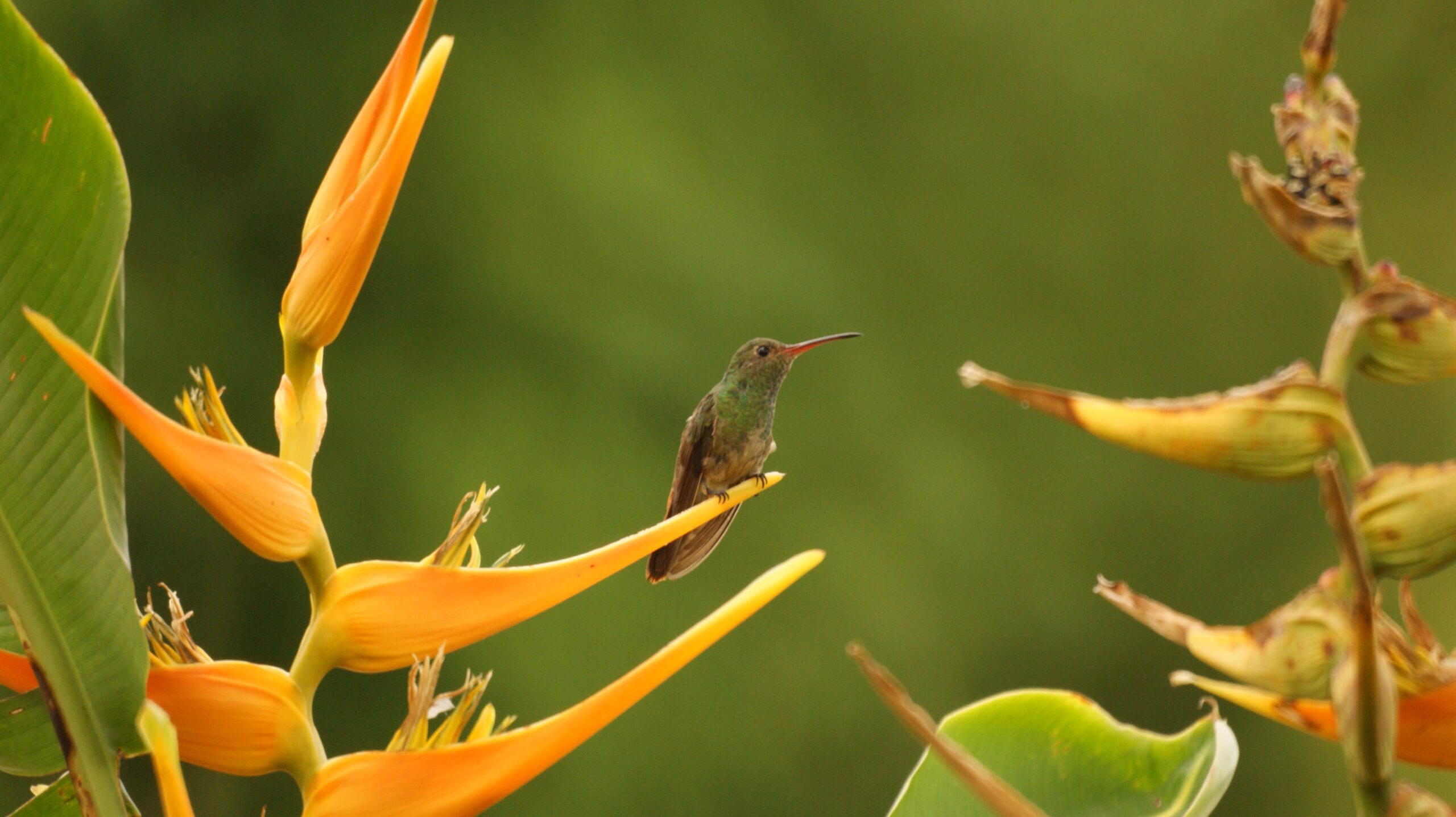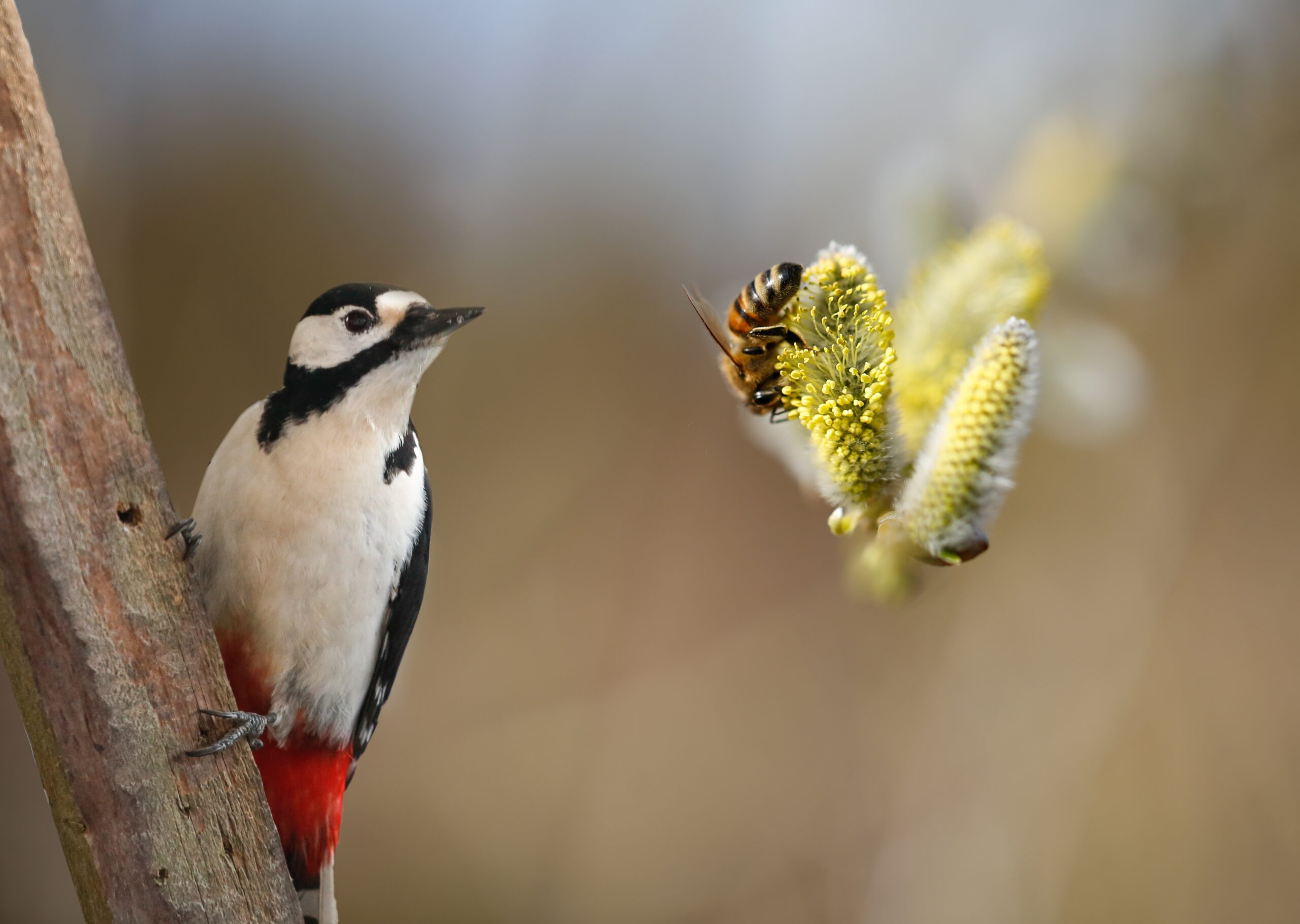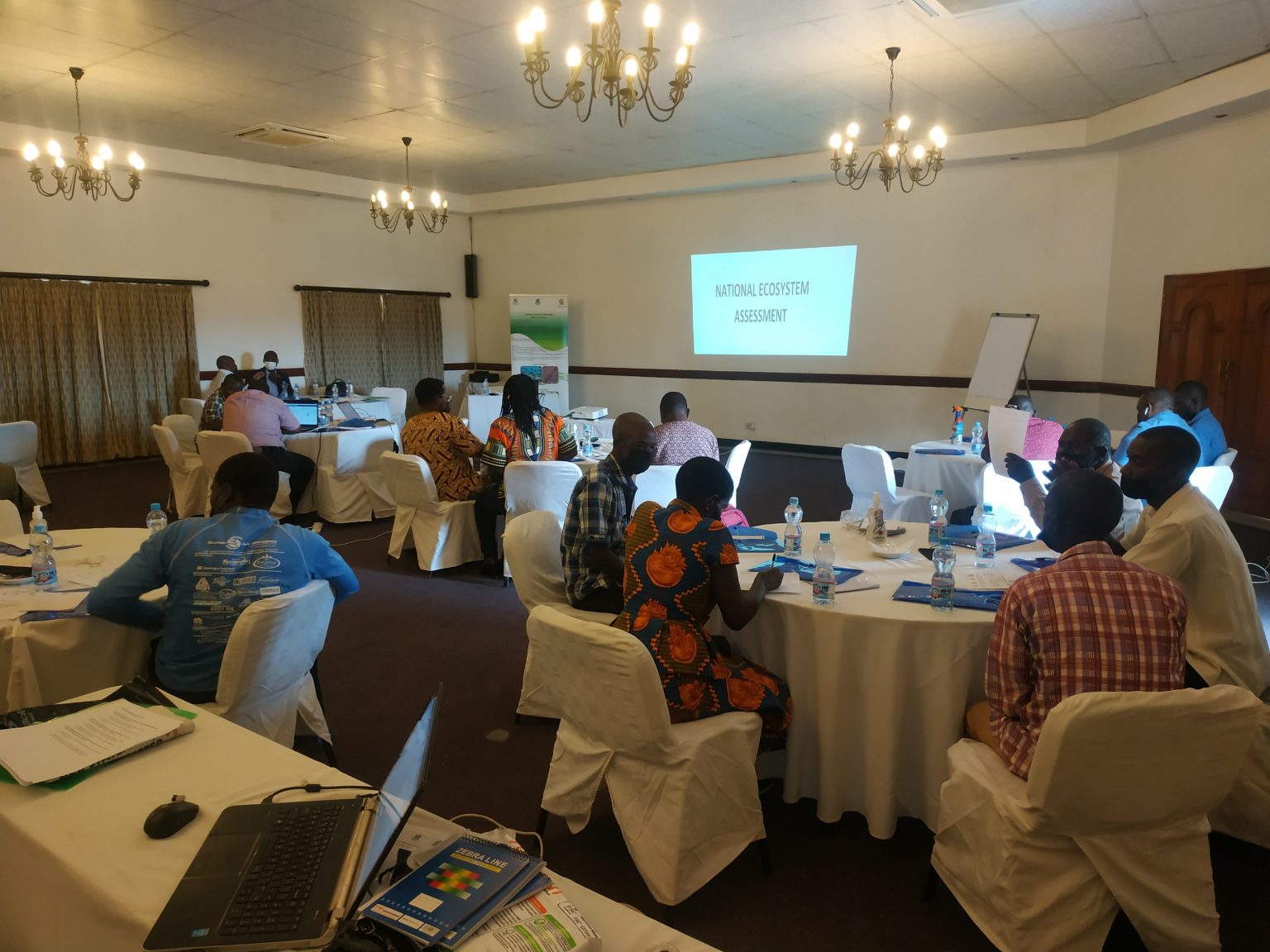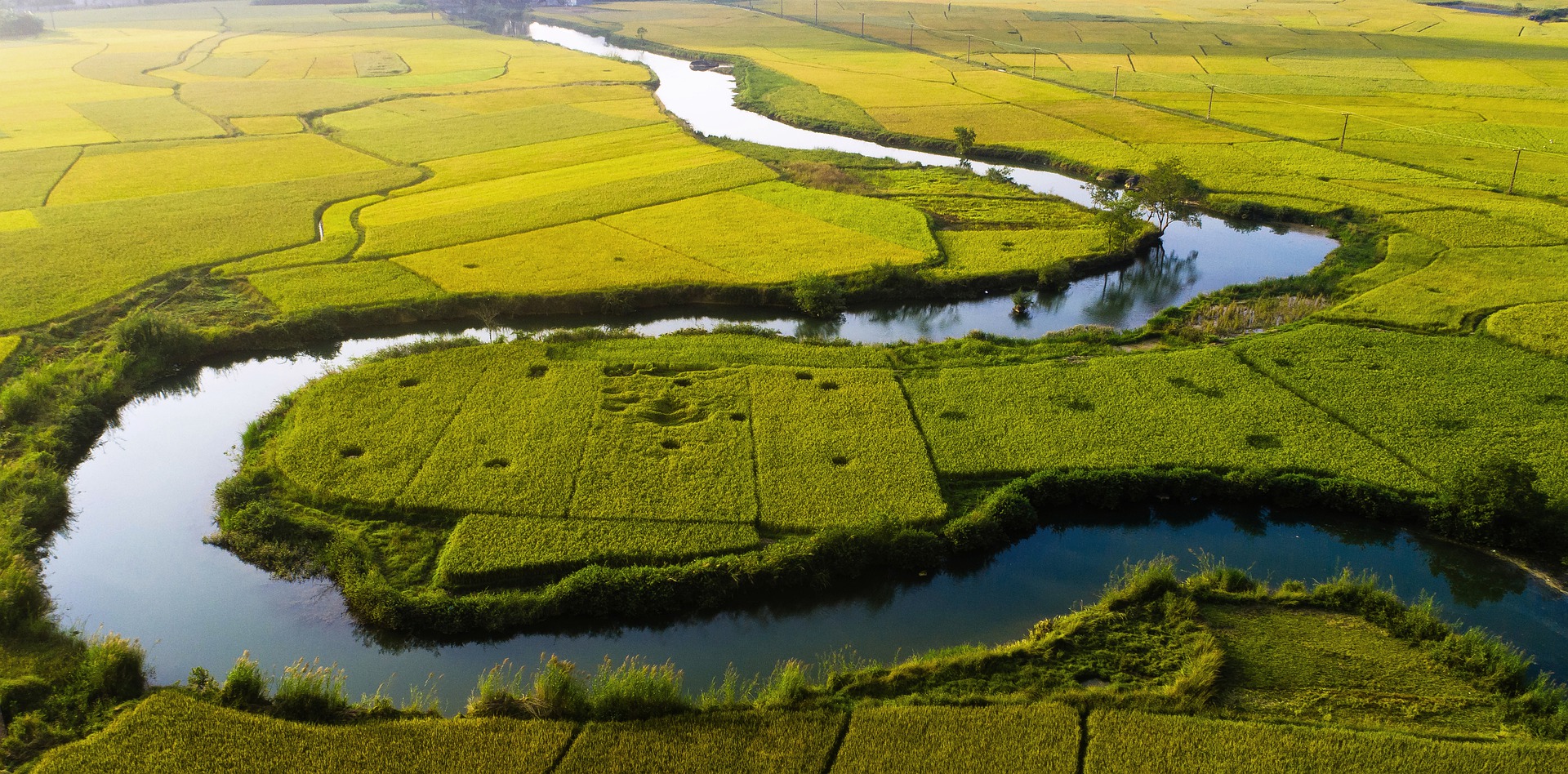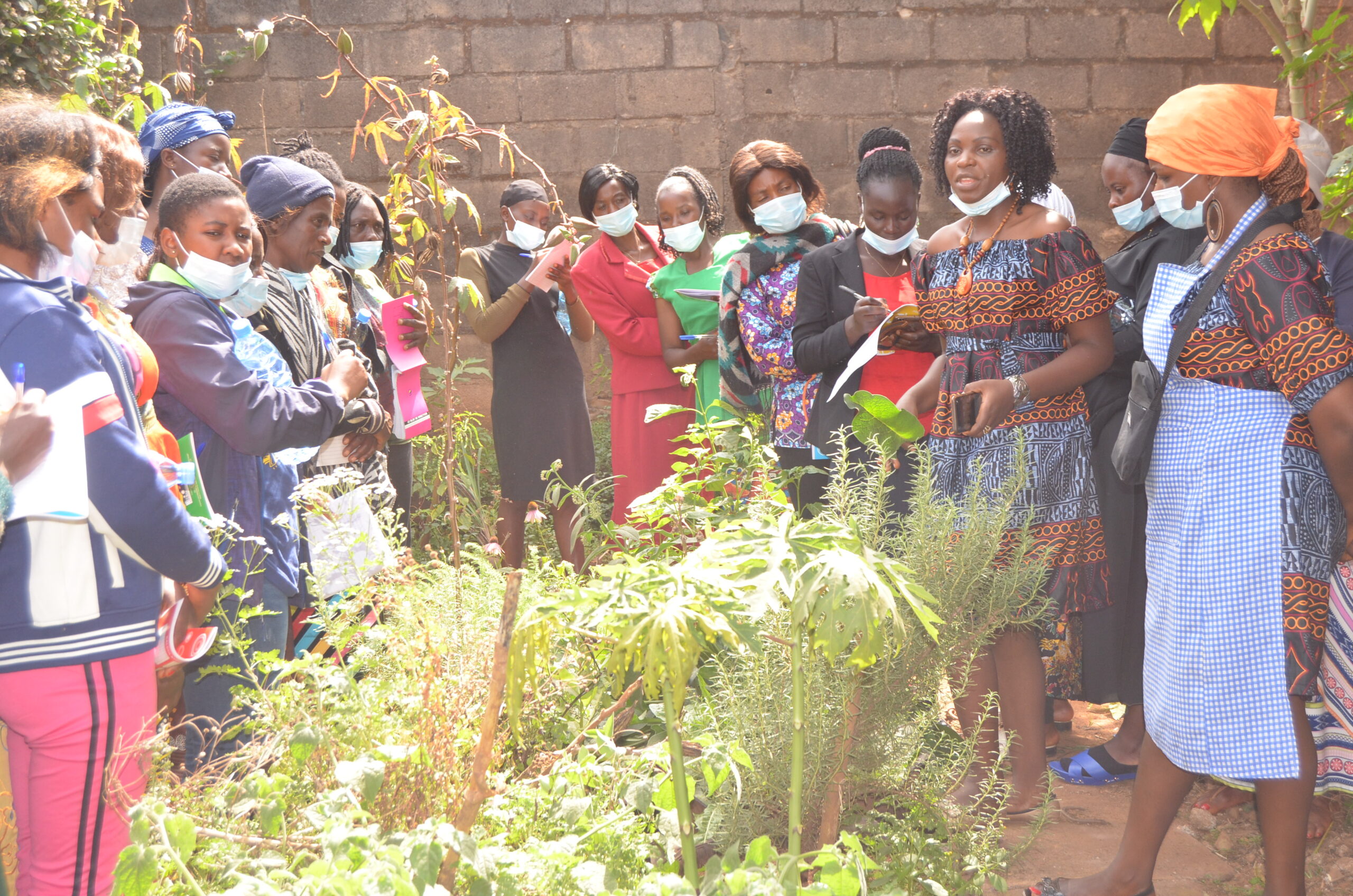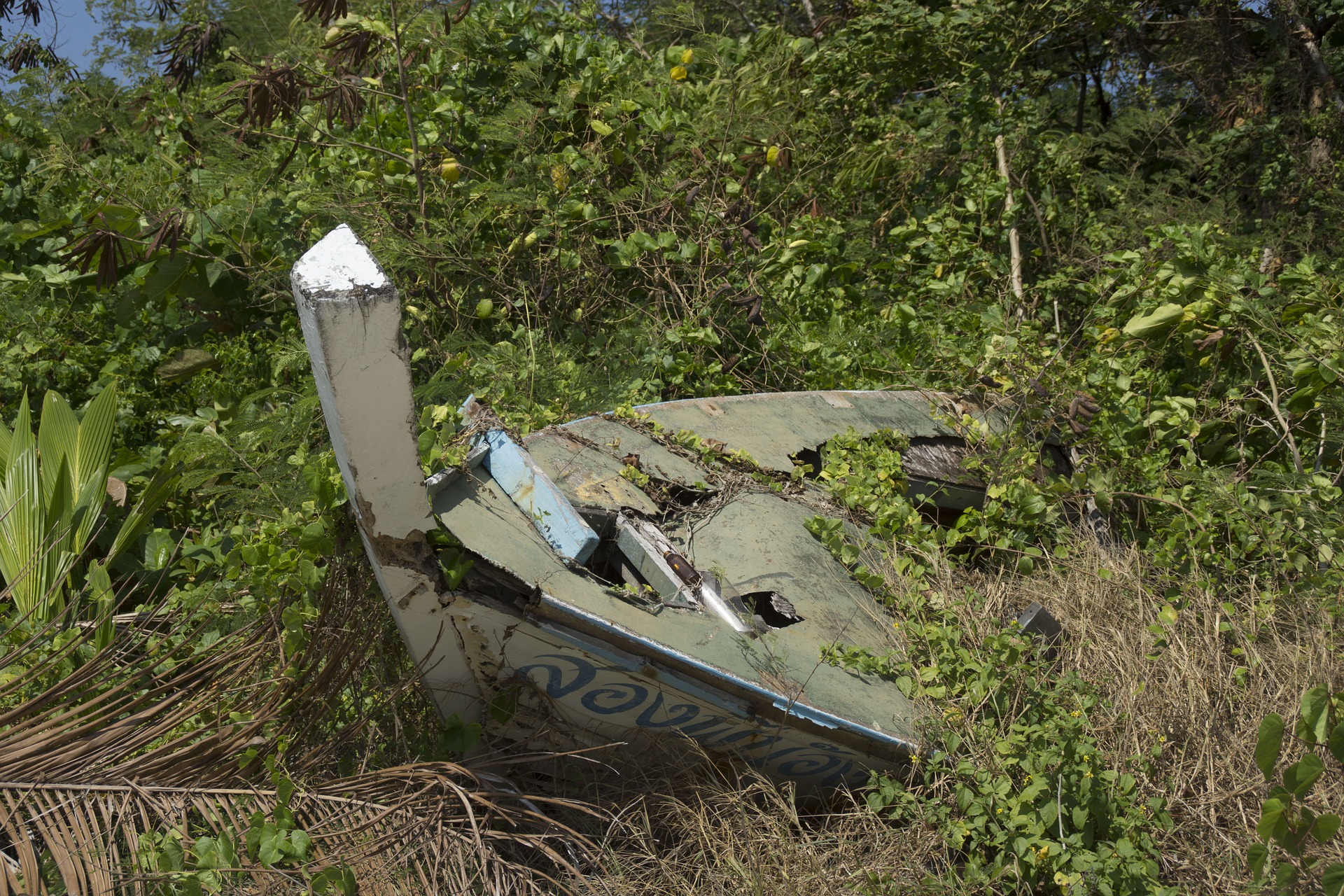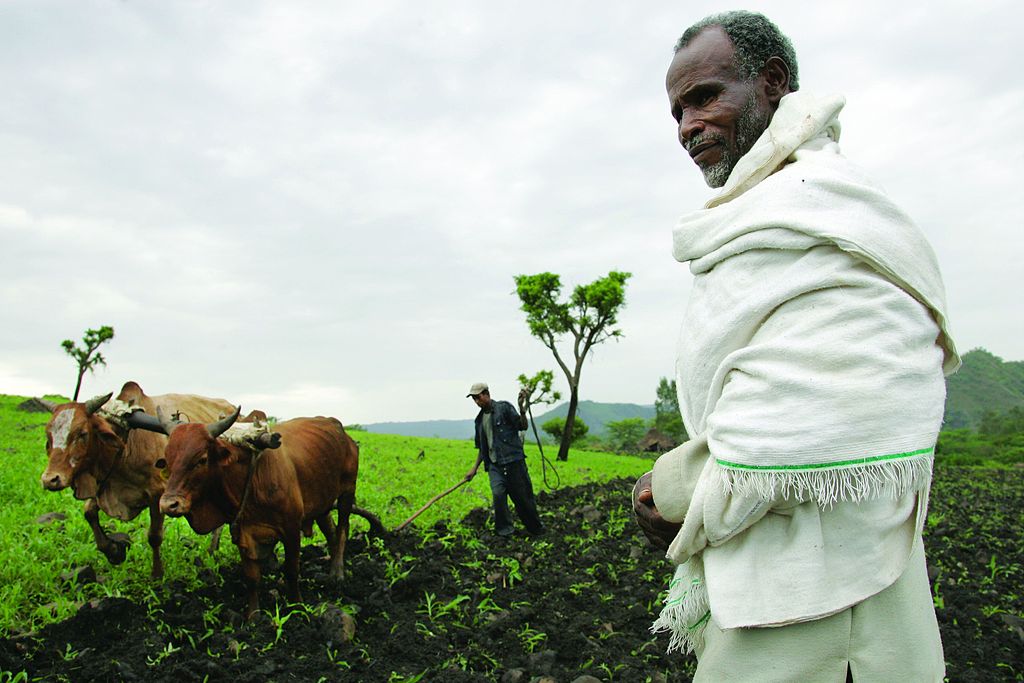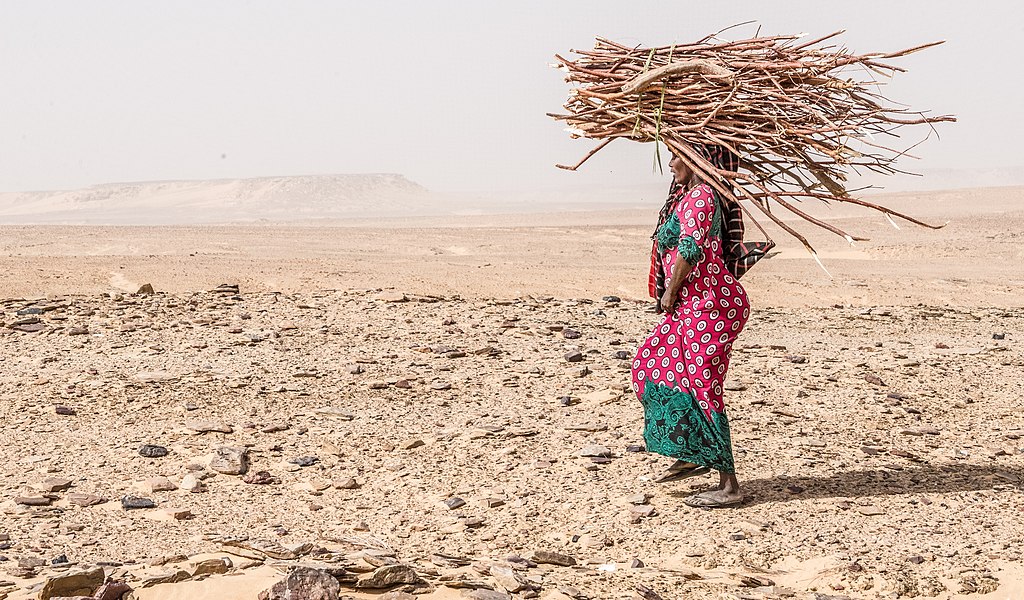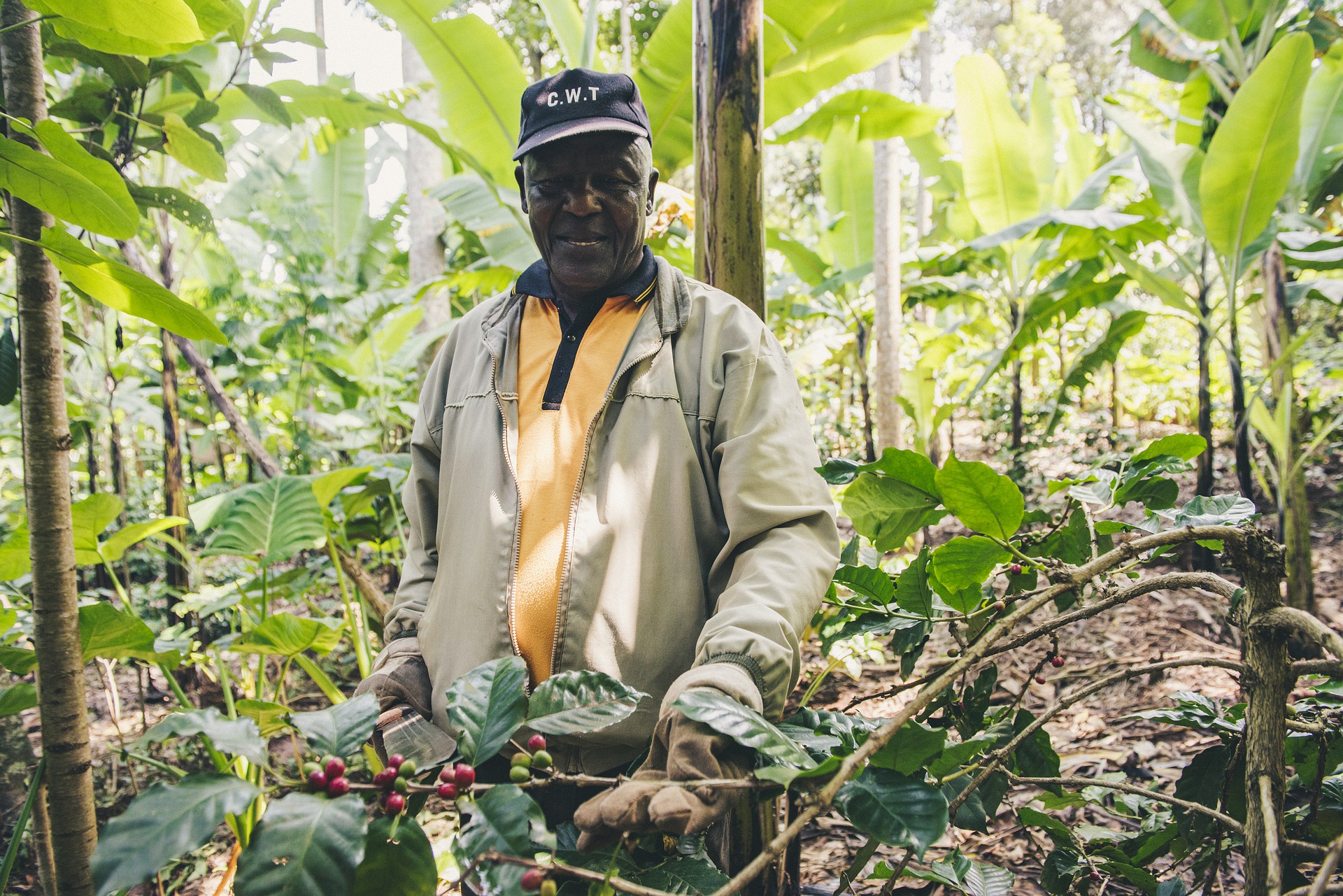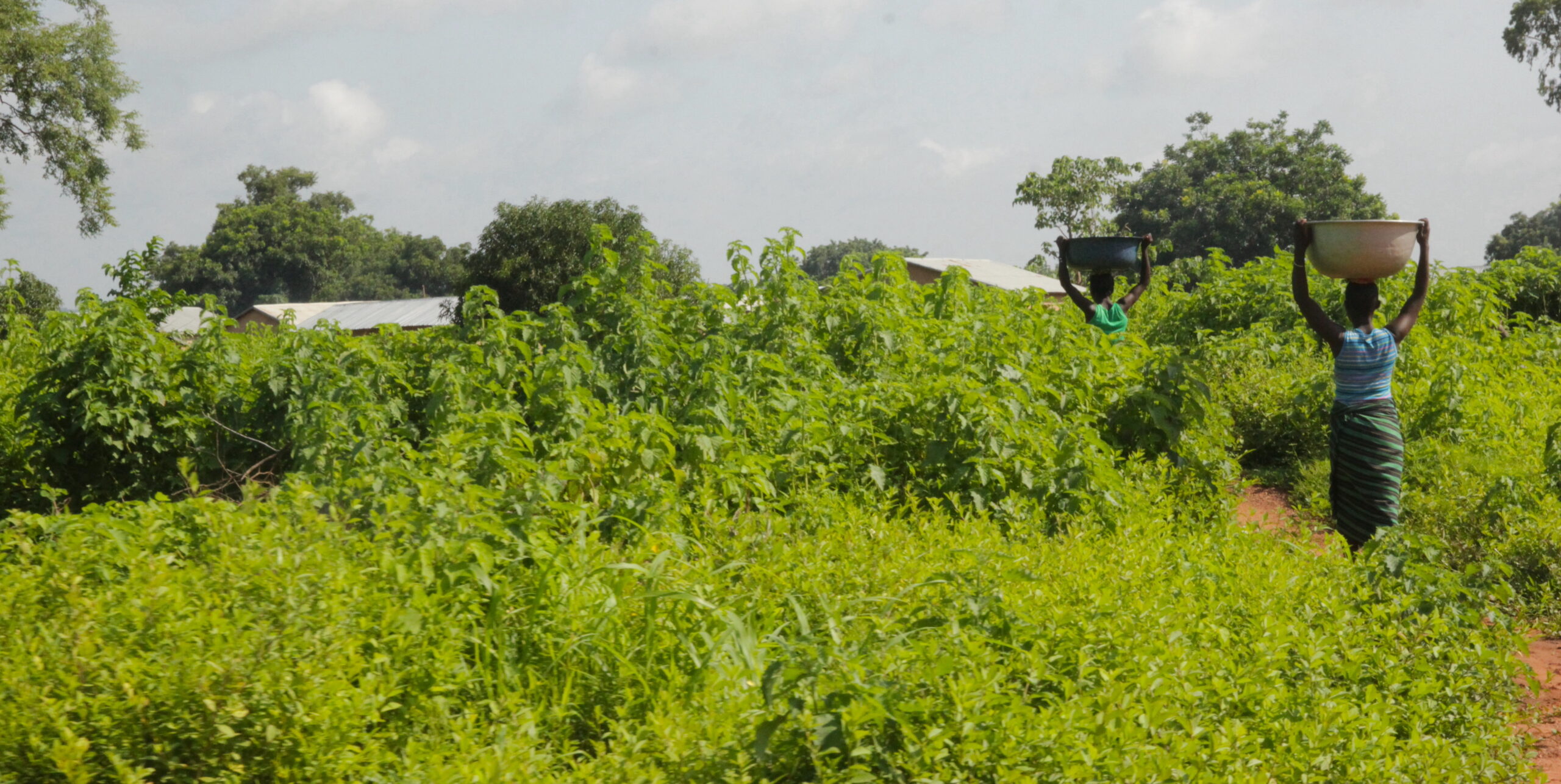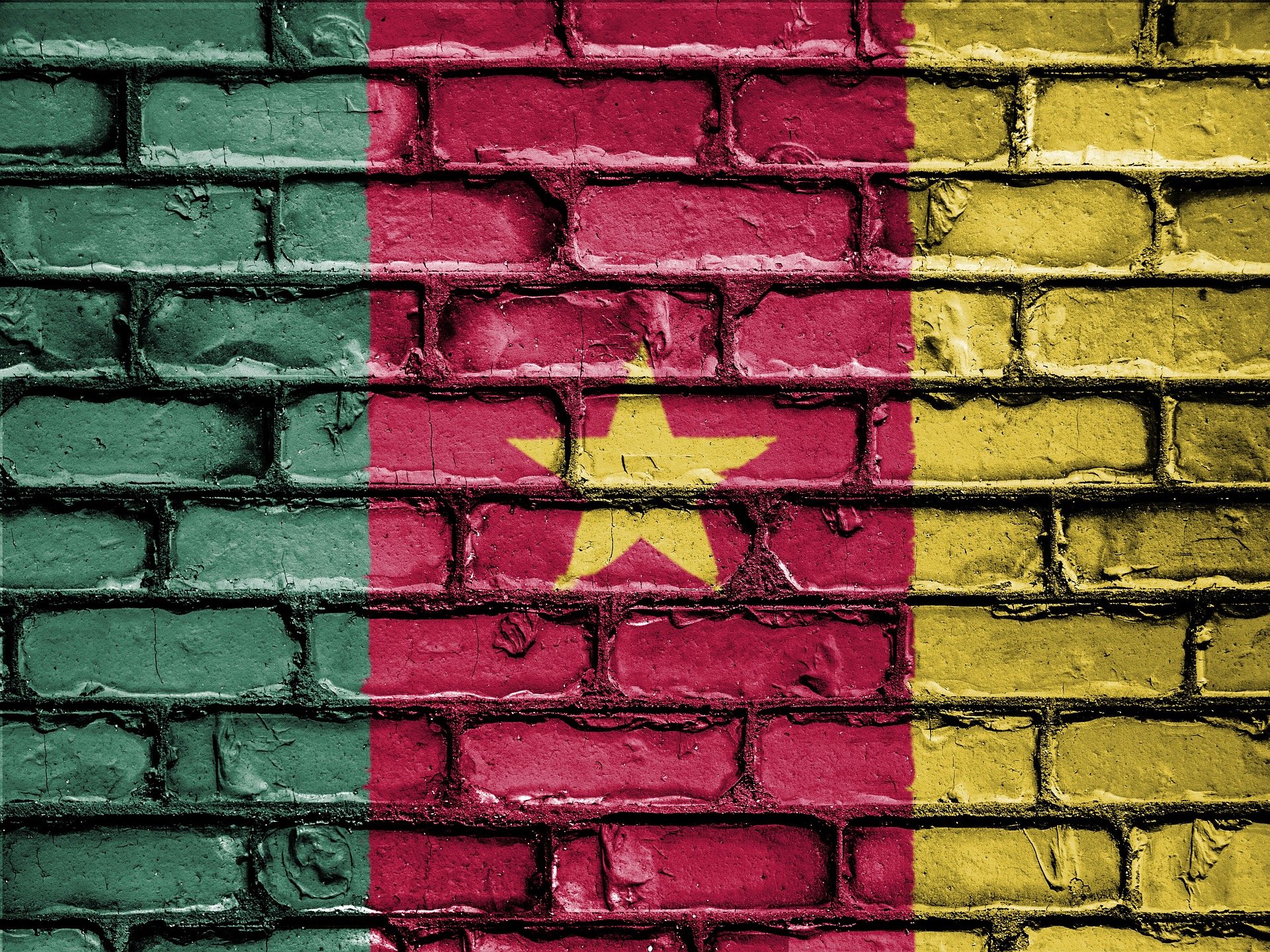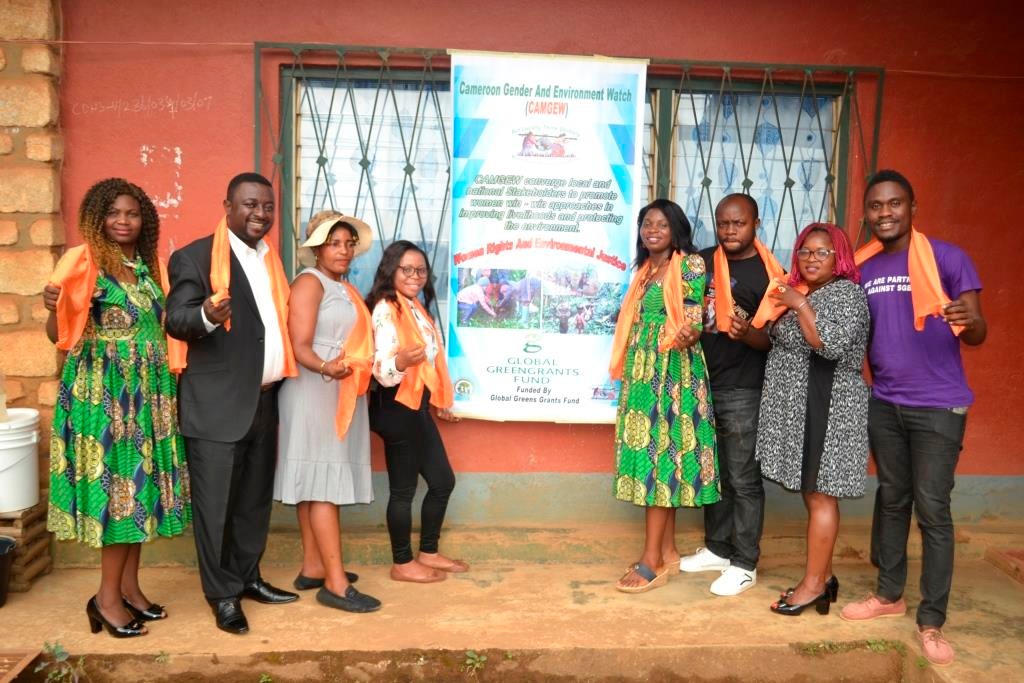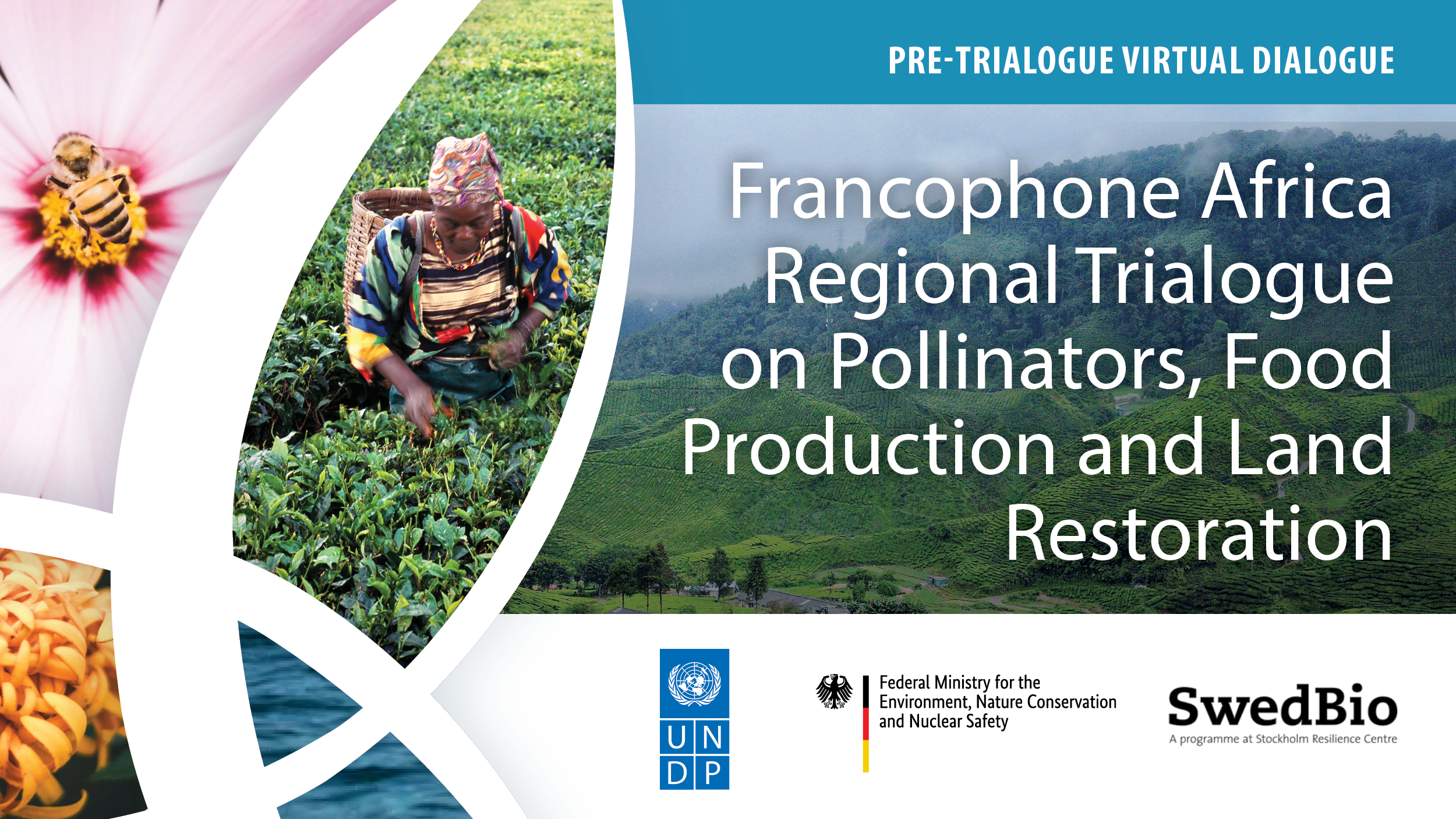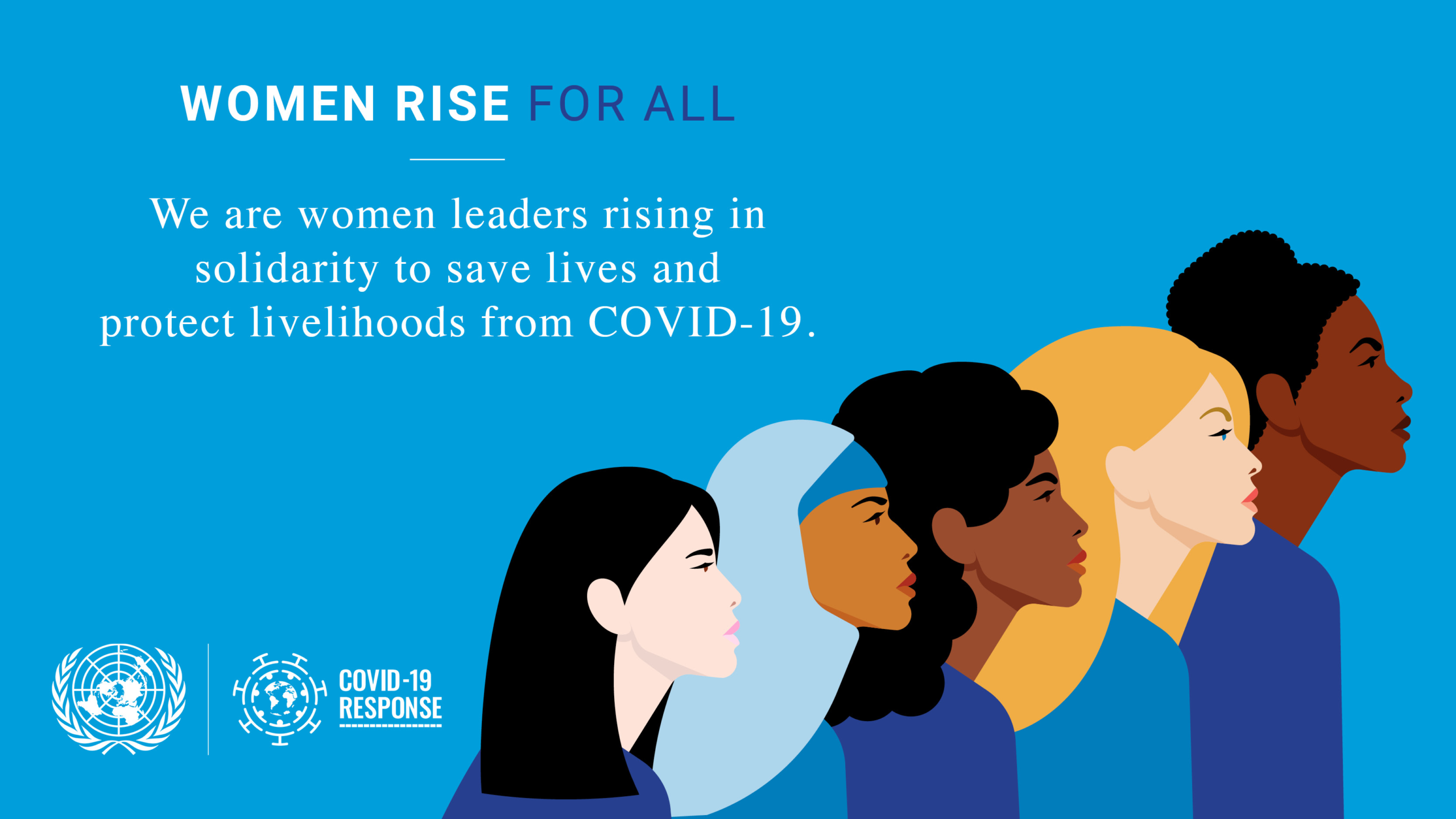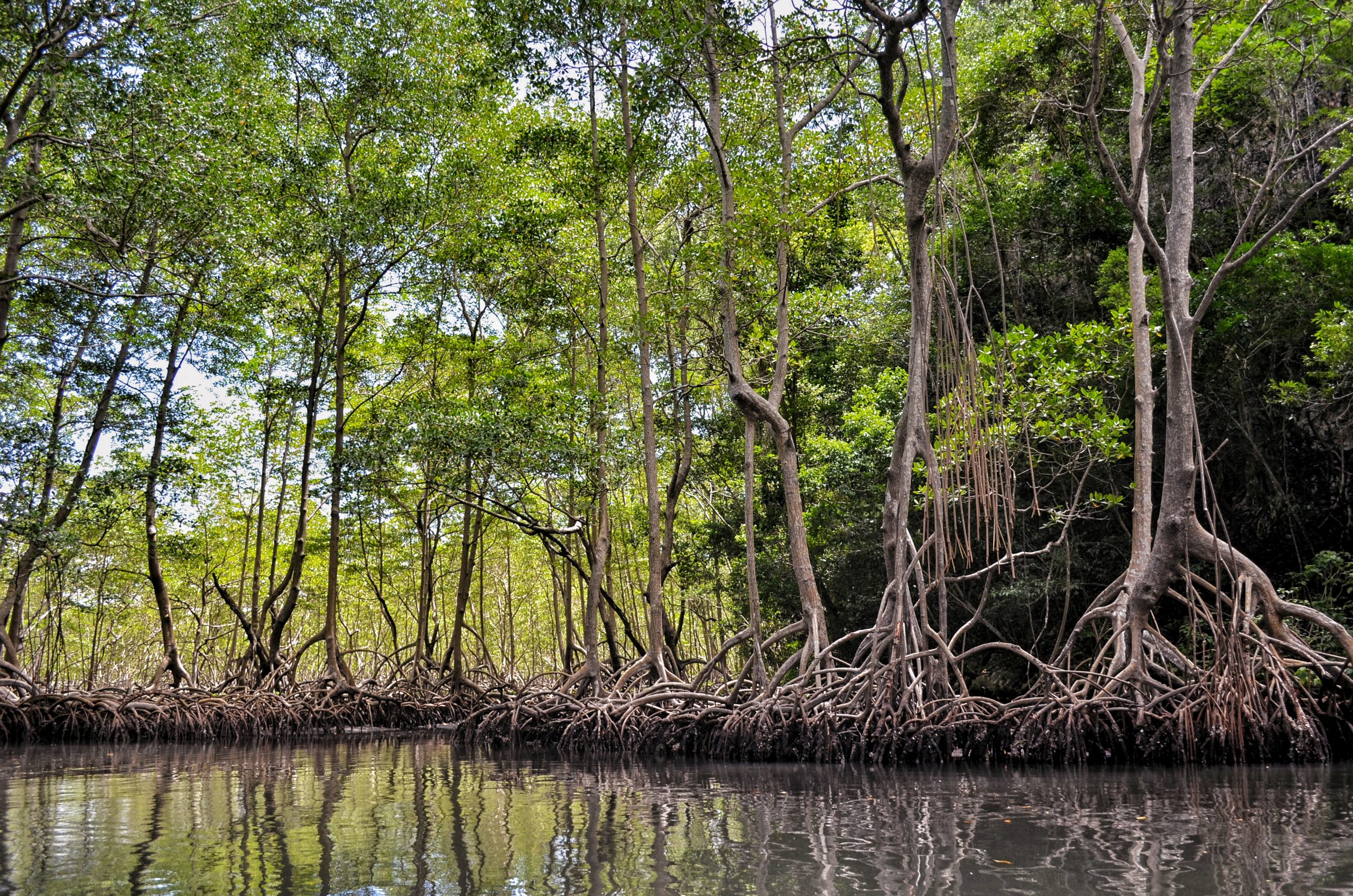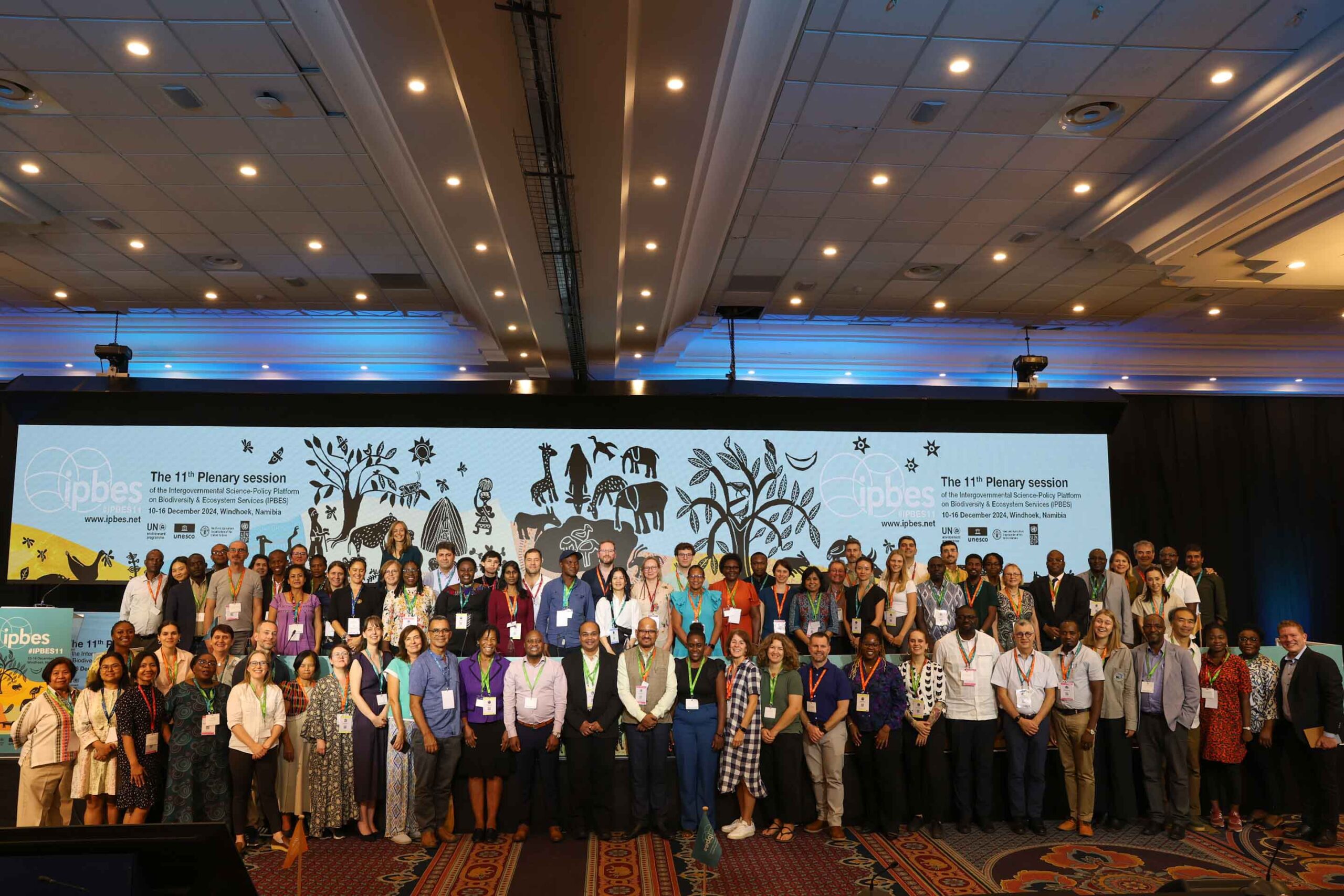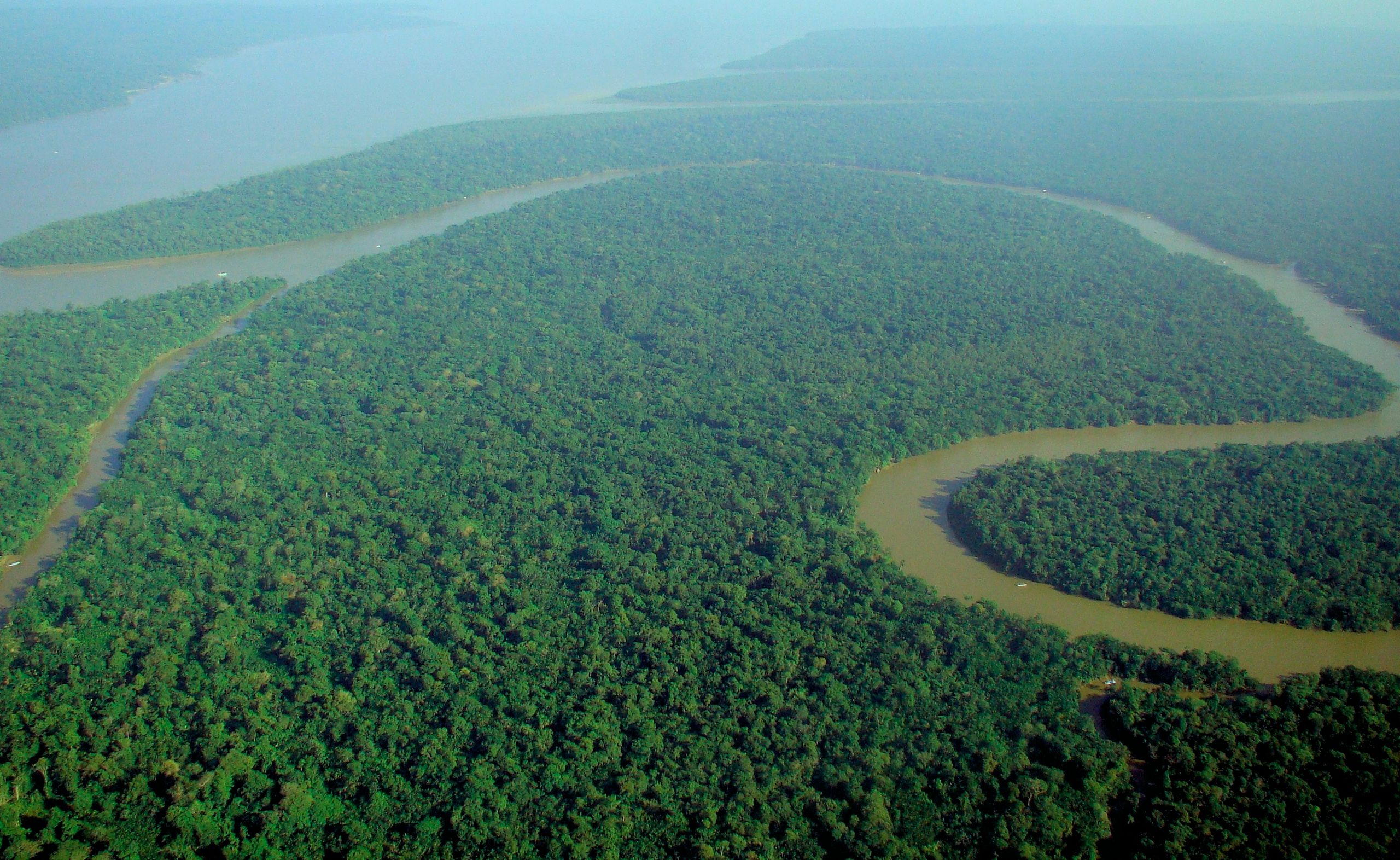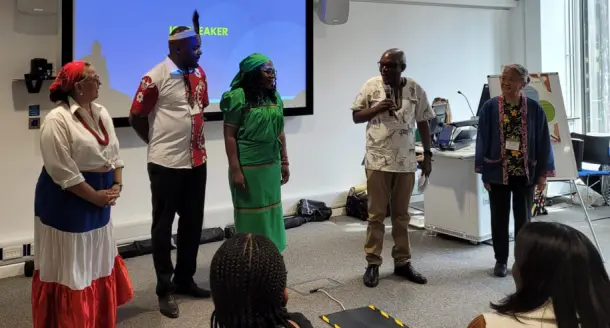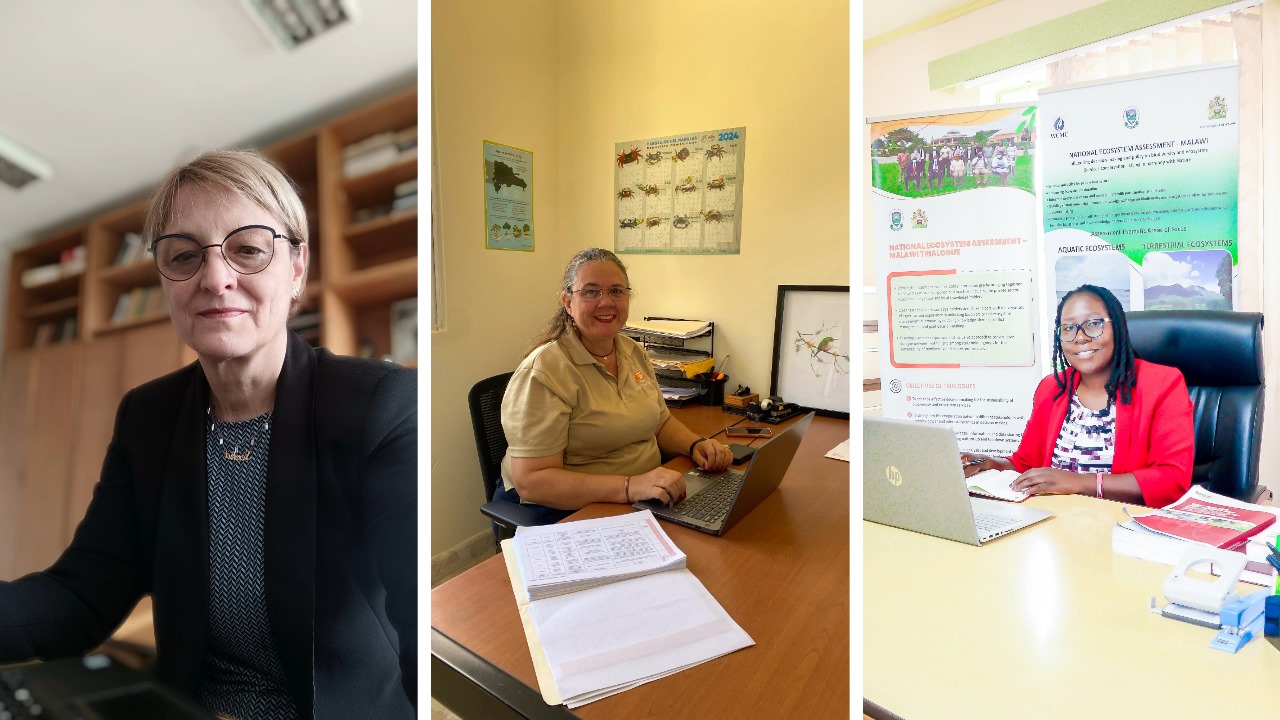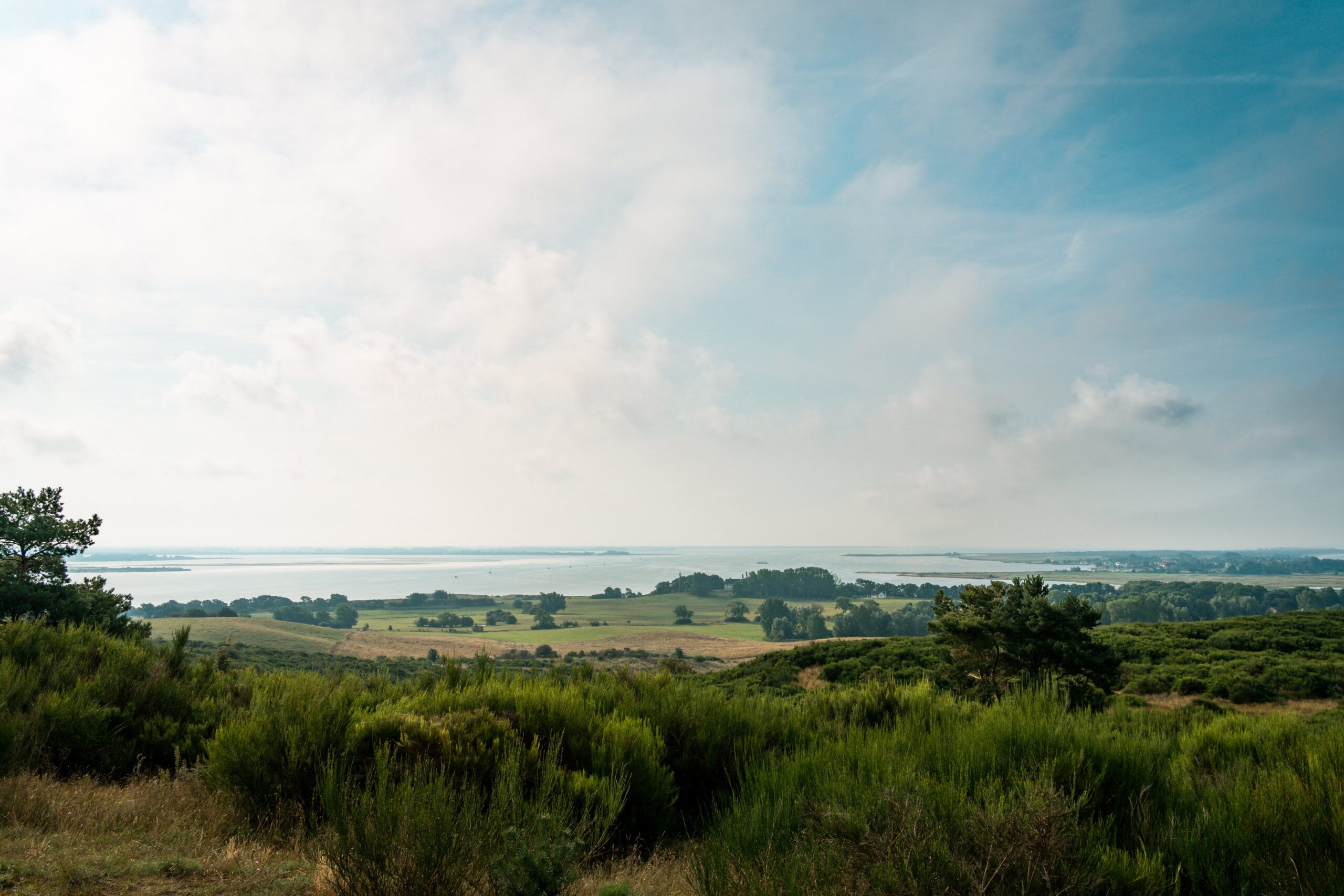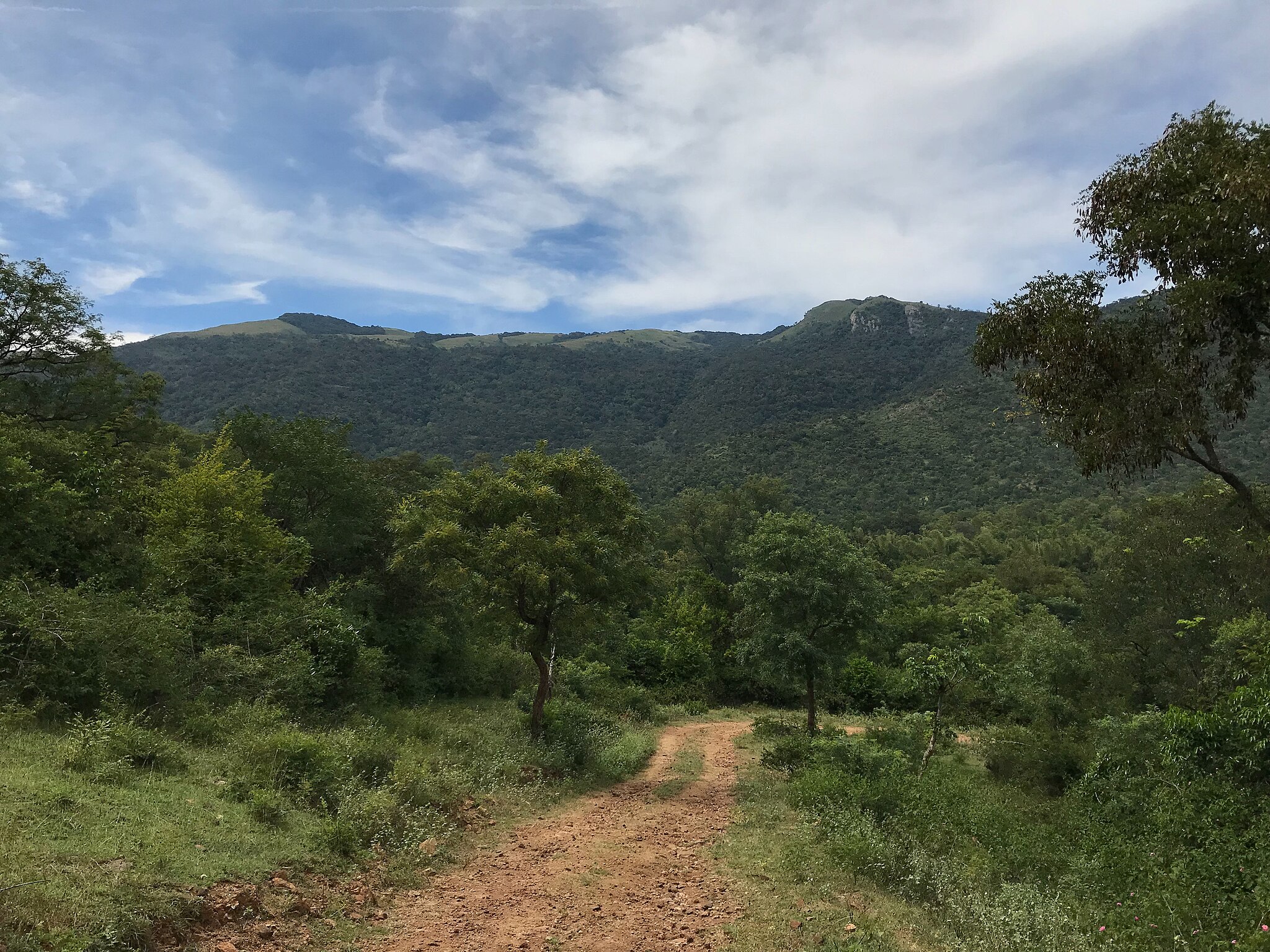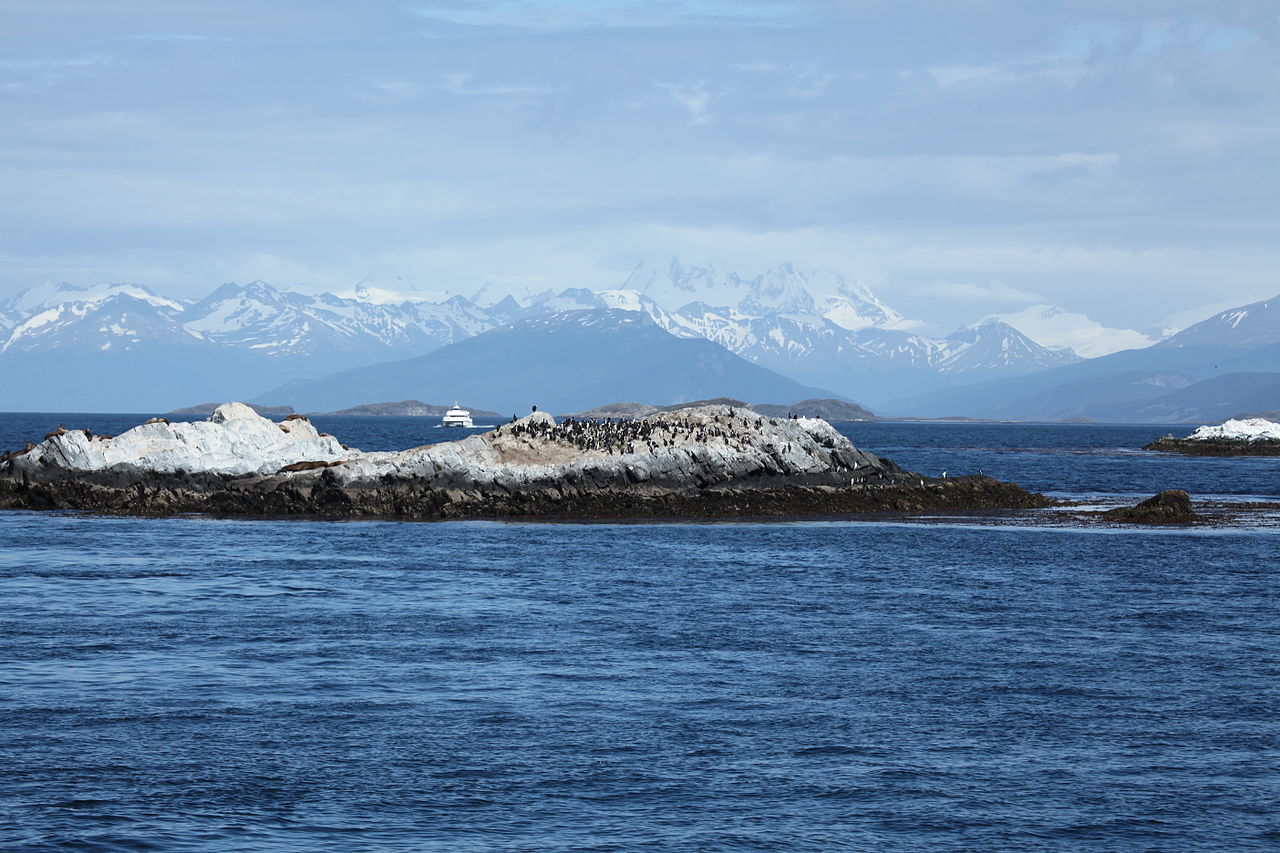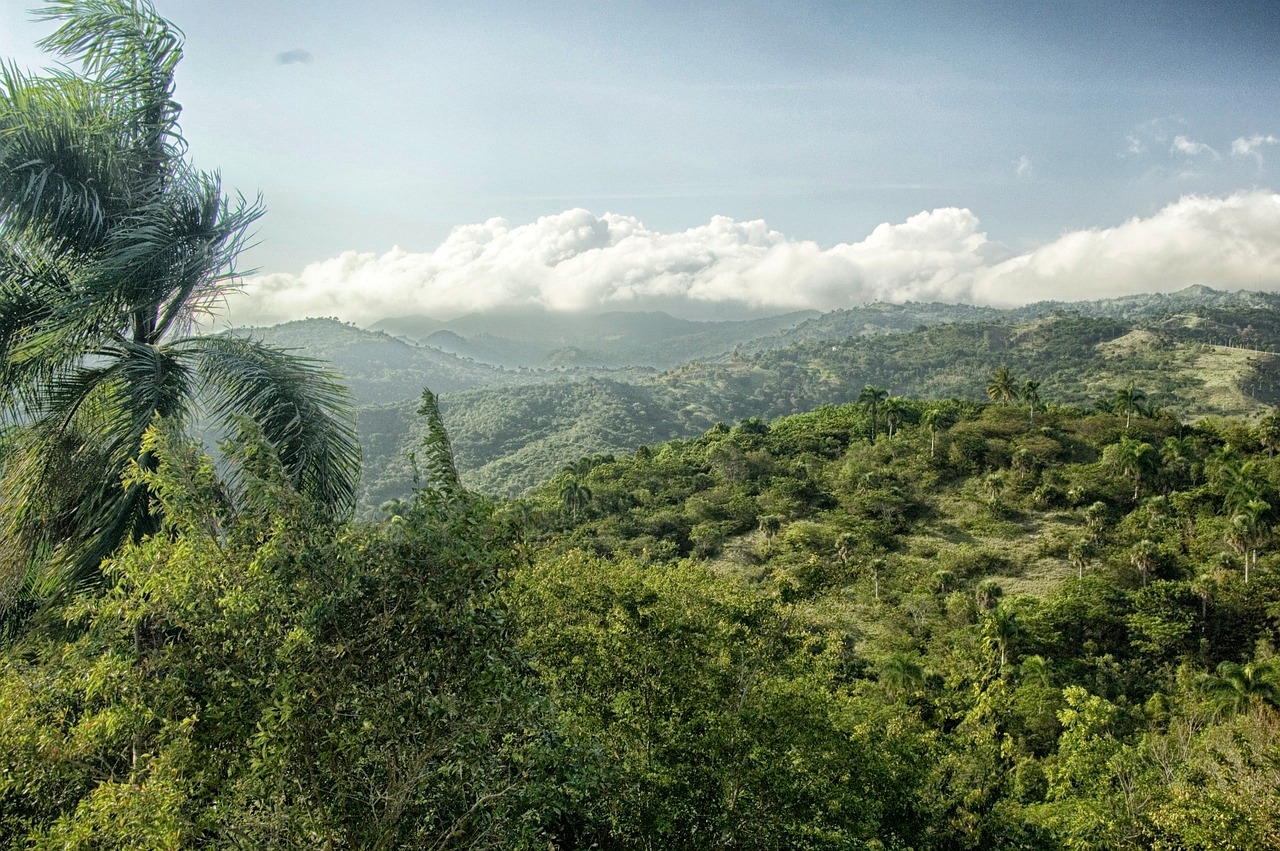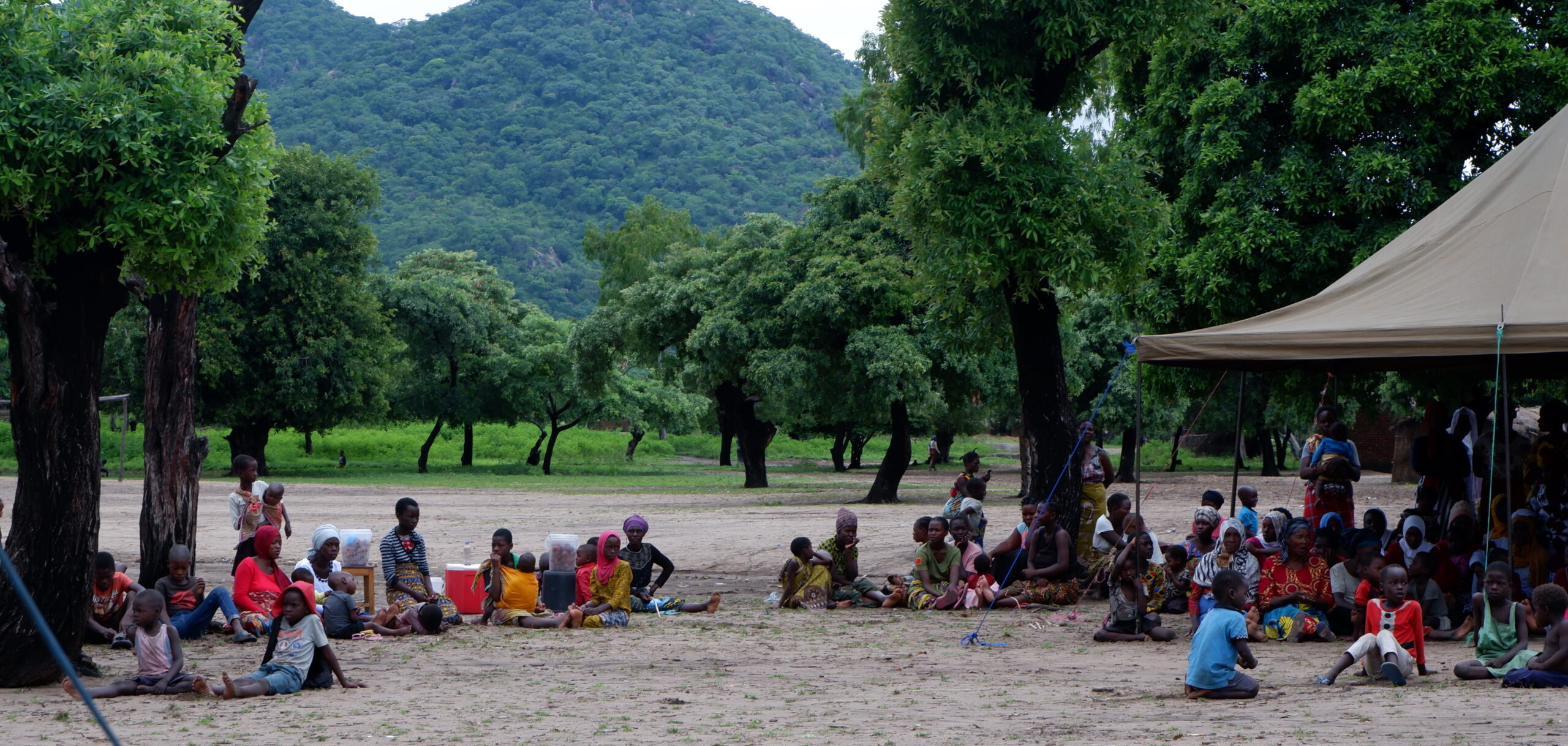Inclusive Pathways: UNEA-6 Official Side Event
Reflections on Human Rights Based Approach, Indigenous Knowledge and Gender Perspectives
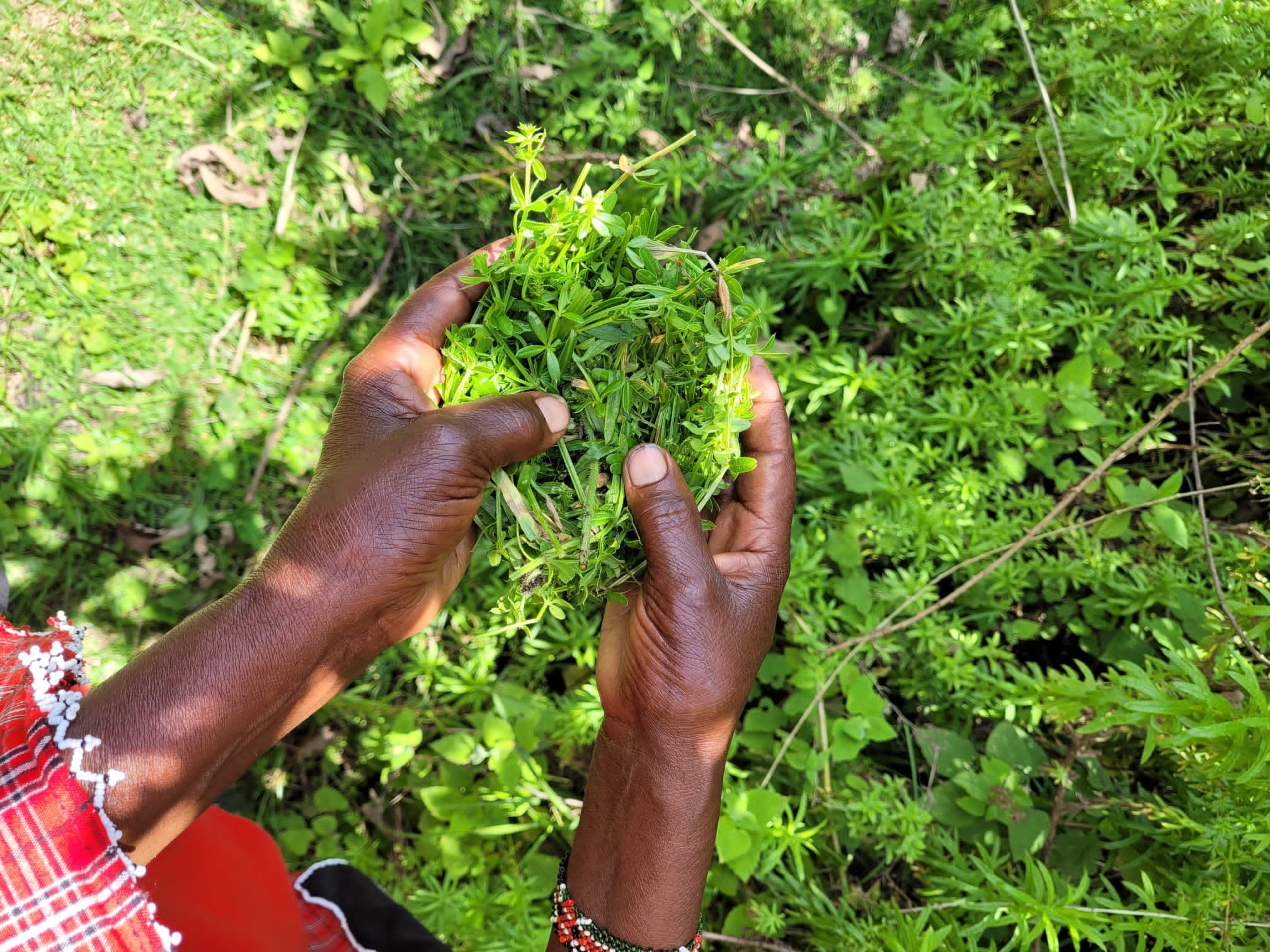
The sixth session of the United Nations Environment Assembly (UNEA-6) convened from 26 February to 1 March 2024 at the United Nations Environment Programme headquarters in Nairobi, Kenya. This assembly, recognized as the premier global environmental decision-making forum, focused on leveraging multilateralism to confront the pressing triple planetary crisis of climate change, nature and biodiversity loss, and pollution and waste. With a foundation built on robust scientific evidence, political commitment and active societal engagement, the Assembly provided a platform for diverse global stakeholders to collectively shape environmental policy.
Image captions
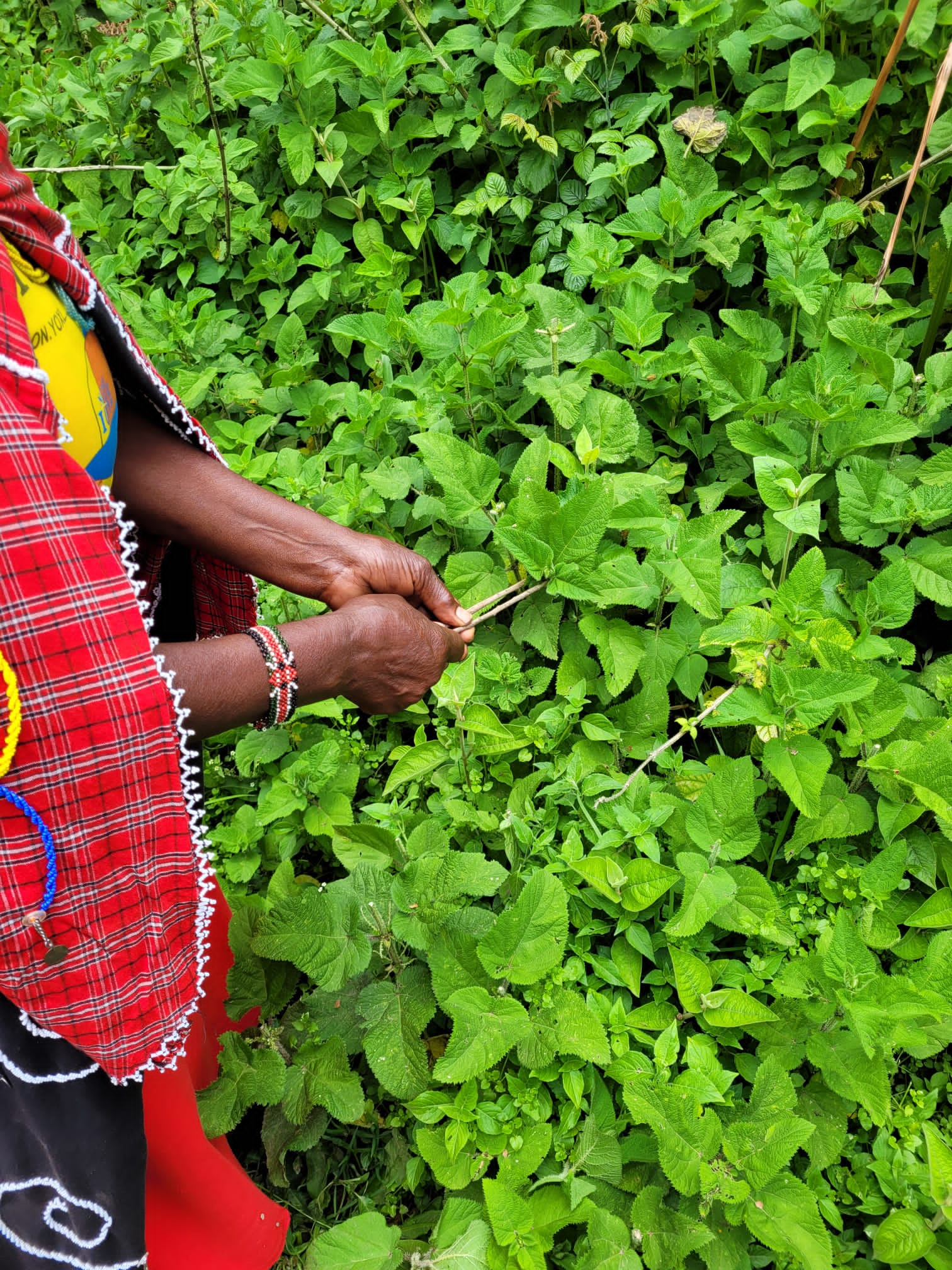
Amidst the discussions, an official digital side event titled "Inclusive Pathways: Advancing Gender and Indigenous Perspectives in Multilateral Environmental Cooperation for a Sustainable Future for All" marked an exciting opportunity for BES-Net to share the experience of working closely with Indigenous and local knowledge holders in Kenya ensuring meaningful engagement in environmental decision-making. Led by Women4Biodiversity, the event highlighted the critical role of Indigenous Peoples, local communities and gender equality in multilateral environmental efforts.
Amidst the discussions, an official digital side event titled "Inclusive Pathways: Advancing Gender and Indigenous Perspectives in Multilateral Environmental Cooperation for a Sustainable Future for All" marked an exciting opportunity for BES-Net to share the experience of working closely with Indigenous and local knowledge holders in Kenya ensuring meaningful engagement in environmental decision-making. Led by Women4Biodiversity, the event highlighted the critical role of Indigenous Peoples, local communities and gender equality in multilateral environmental efforts.
Image captions

"Having a dialogue between science, policy and practice provides an opportunity for Indigenous Peoples to be in those spaces where they can contribute knowledge and influence policies as they are taking shape."
Representing BES-Net at the event, John Samorai from the Ogiek Peoples' Development Program and Kenya National Trialogue (KNT) emerged as a prominent voice. His key involvement with the BES Solution Fund work, implemented under the umbrella of KNT, has enabled him and KNT members to carry out key work in promoting pollinator-friendly land use practices, including documenting Indigenous and local knowledge on pollinator conservation and land management systems in the Eburu ecosystem in Kenya. “Having a dialogue between science, policy and practice provides an opportunity for Indigenous Peoples to be in those spaces where they can contribute knowledge and influence policies as they are taking shape,” said Samorai, emphasizing the need for empowering Indigenous communities and thus enriching strategic efforts for biodiversity conservation.
Representing BES-Net at the event, John Samorai from the Ogiek Peoples' Development Program and Kenya National Trialogue (KNT) emerged as a prominent voice. His key involvement with the BES Solution Fund work, implemented under the umbrella of KNT, has enabled him and KNT members to carry out key work in promoting pollinator-friendly land use practices, including documenting Indigenous and local knowledge on pollinator conservation and land management systems in the Eburu ecosystem in Kenya. “Having a dialogue between science, policy and practice provides an opportunity for Indigenous Peoples to be in those spaces where they can contribute knowledge and influence policies as they are taking shape,” said Samorai, emphasizing the need for empowering Indigenous communities and thus enriching strategic efforts for biodiversity conservation.
"Having a dialogue between science, policy and practice provides an opportunity for Indigenous Peoples to be in those spaces where they can contribute knowledge and influence policies as they are taking shape."
The panel discussions not only echoed Samorai's call for inclusive and human rights-based approach in environmental decision-making but also underscored the key aspects of BES-Net’s work in Kenya, i.e. work with Indigenous and local knowledge holders in agroforestry and engaging youth in land restoration projects, underlining the tangible benefits of such approaches. Maya Berci (Stockholm Convention COP President and Executive Director of the Chemicals Management Division of Environment and Climate Change Canada) and Benjamin Schachter (Coordinator of the Environment and Climate Change Team at the Office of the United Nations High Commissioner for Human Rights) emphasized the importance of interweaving gender equality and Indigenous rights into multilateral environmental agreements.
Sarojeni Ringem from the Pesticide Action Network Asia and the Pacific and Mirna Ines Fernandez from the Third World Network shed light on the challenges faced by women in environmental conservation, advocating policy and practice shifts to drive consistent and authentic change at scale on the ground. Sherika Ballingsingh from the Caribbean Poison Information Network International Pollutants Elimination Network highlighted the synergy between environmental and gender issues, emphasizing the need for collaborative efforts to address chemical exposure.
Image captions
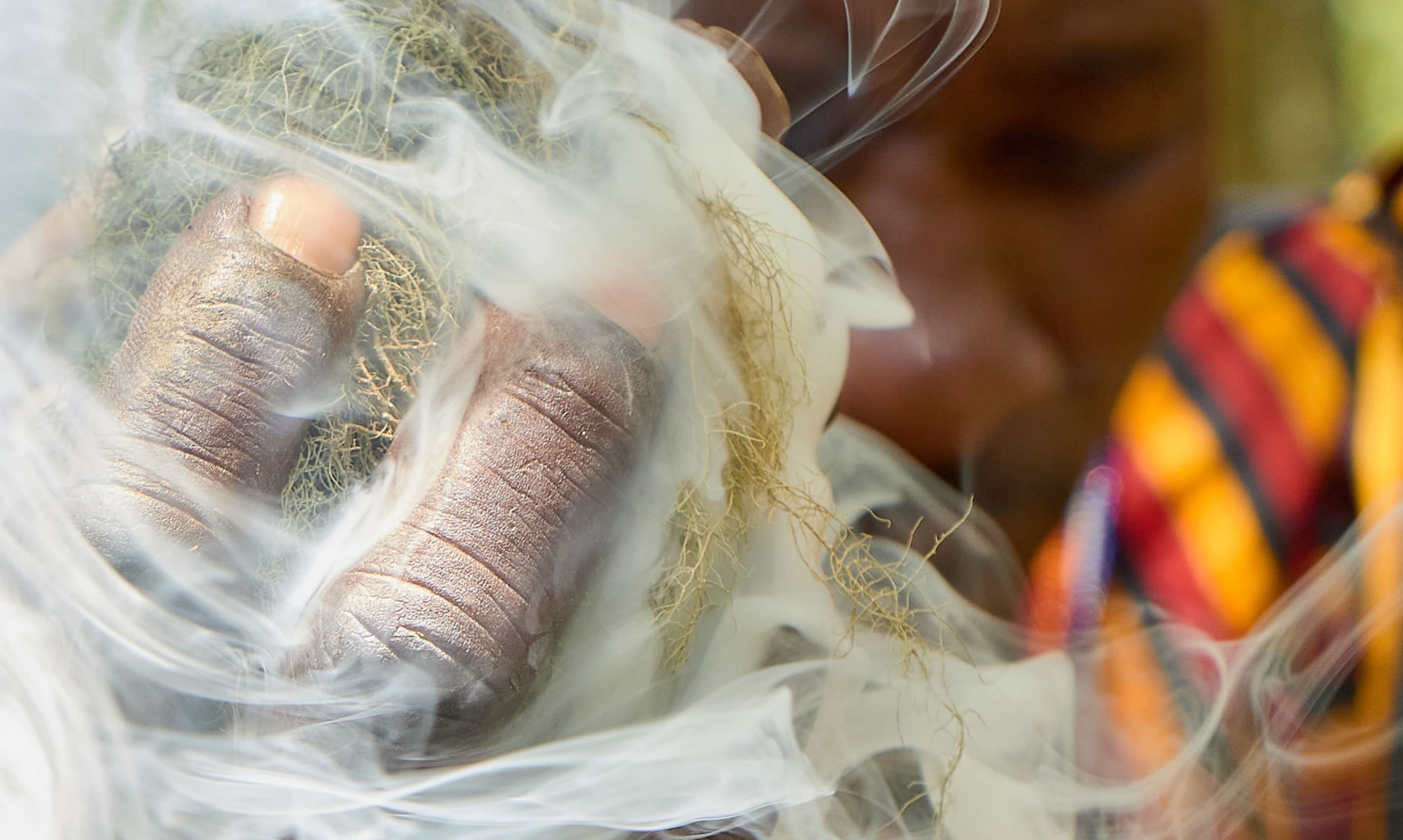
Image captions

The panel discussions not only echoed Samorai's call for inclusive and human rights-based approach in environmental decision-making but also underscored the key aspects of BES-Net’s work in Kenya, i.e. work with Indigenous and local knowledge holders in agroforestry and engaging youth in land restoration projects, underlining the tangible benefits of such approaches. Maya Berci (Stockholm Convention COP President and Executive Director of the Chemicals Management Division of Environment and Climate Change Canada) and Benjamin Schachter (Coordinator of the Environment and Climate Change Team at the Office of the United Nations High Commissioner for Human Rights) emphasized the importance of interweaving gender equality and Indigenous rights into multilateral environmental agreements.
Sarojeni Ringem from the Pesticide Action Network Asia and the Pacific and Mirna Ines Fernandez from the Third World Network shed light on the challenges faced by women in environmental conservation, advocating policy and practice shifts to drive consistent and authentic change at scale on the ground. Sherika Ballingsingh from the Caribbean Poison Information Network International Pollutants Elimination Network highlighted the synergy between environmental and gender issues, emphasizing the need for collaborative efforts to address chemical exposure.
Image captions
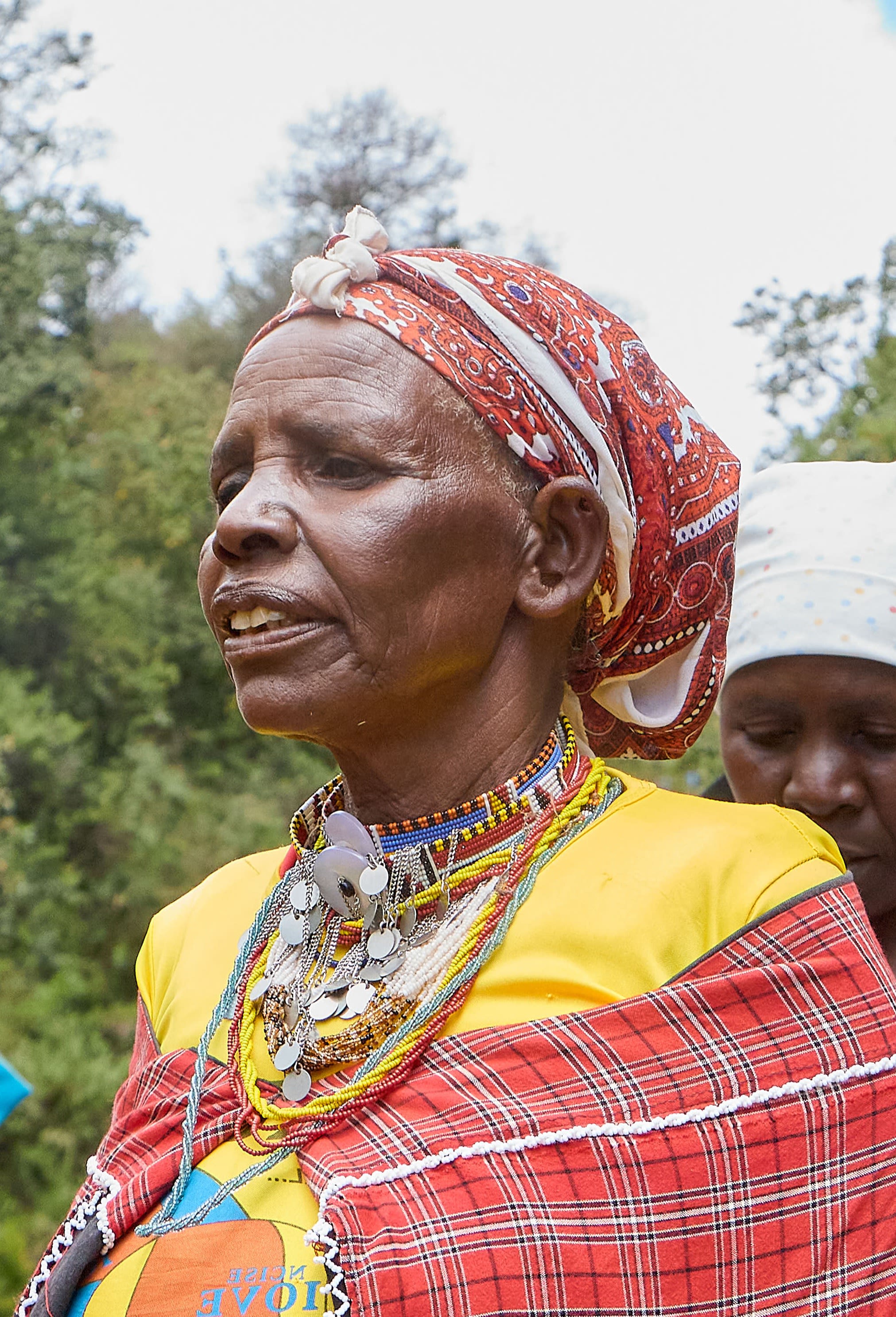
The event set the stage for collective reflection and a nuanced understanding of the intersections between biodiversity conservation, gender, Indigenous and local knowledge and human rights. By bringing together diverse perspectives and varied lenses, the panel discussions allowed for the speakers’ voices to blend, forming an indisputable argument for mainstreaming gender and Indigenous rights for authentic solutions in multilateral cooperation. In his concluding reflections, John Samorai drew from the transformative work in Kenya – from enhancing land restoration to elevating the value of pollinators in ecosystems: “Indigenous Peoples are deeply affected by the triple planetary crisis. However, through their experience and interaction with nature, they are also part of the solution, and therefore, this calls for their meaningful participation in policy dialogues. We can only realize their rights when we have them on board”.
The event set the stage for collective reflection and a nuanced understanding of the intersections between biodiversity conservation, gender, Indigenous and local knowledge and human rights. By bringing together diverse perspectives and varied lenses, the panel discussions allowed for the speakers’ voices to blend, forming an indisputable argument for mainstreaming gender and Indigenous rights for authentic solutions in multilateral cooperation. In his concluding reflections, John Samorai drew from the transformative work in Kenya – from enhancing land restoration to elevating the value of pollinators in ecosystems: “Indigenous Peoples are deeply affected by the triple planetary crisis. However, through their experience and interaction with nature, they are also part of the solution, and therefore, this calls for their meaningful participation in policy dialogues. We can only realize their rights when we have them on board”.

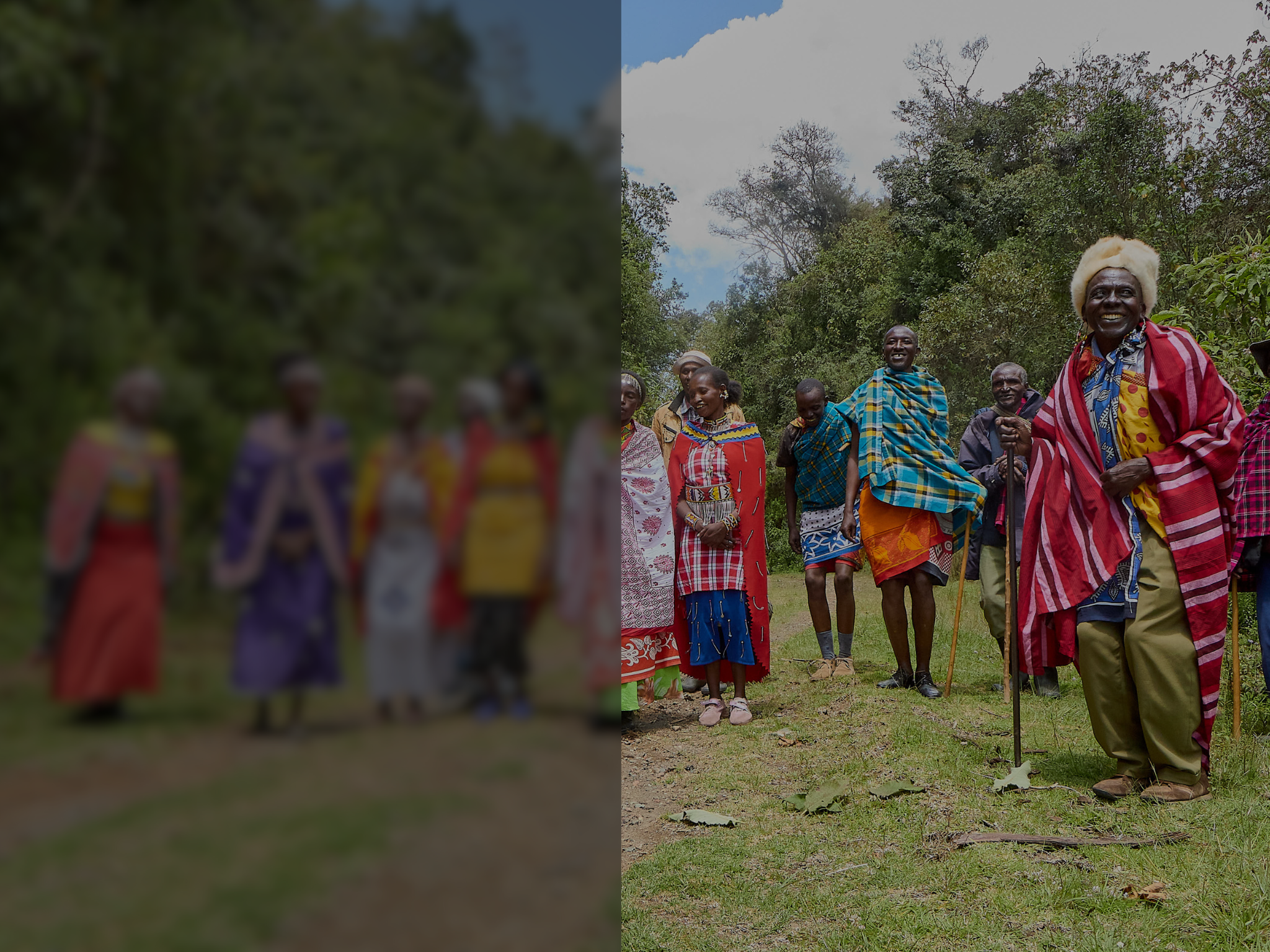
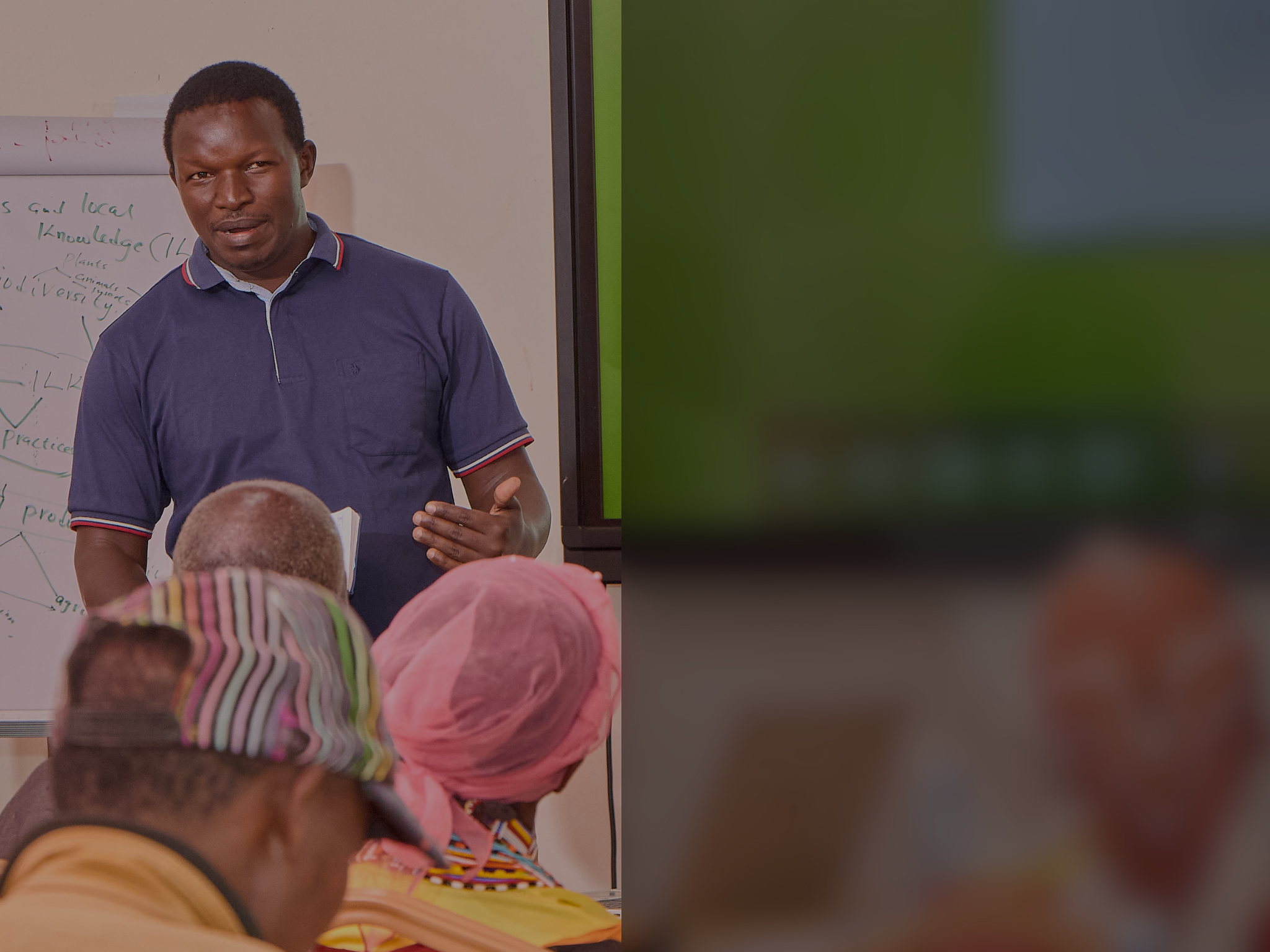
"Indigenous Peoples are deeply affected by the triple planetary crisis. However, through their experience and interaction with nature, they are also part of the solution, and therefore, this calls for their meaningful participation in policy dialogues. We can only realize their rights when we have them on board."
John Samorai, an advocate for Indigenous perspectives in environmental policy, shares his journey and insights into incorporating Indigenous knowledge into conservation efforts.
Learn about his personal experiences and how Indigenous values shape his approach to inclusive decision-making in biodiversity conservation.
John Samorai, an advocate for Indigenous perspectives in environmental policy, shares his journey and insights into incorporating Indigenous knowledge into conservation efforts.
Learn about his personal experiences and how Indigenous values shape his approach to inclusive decision-making in biodiversity conservation.
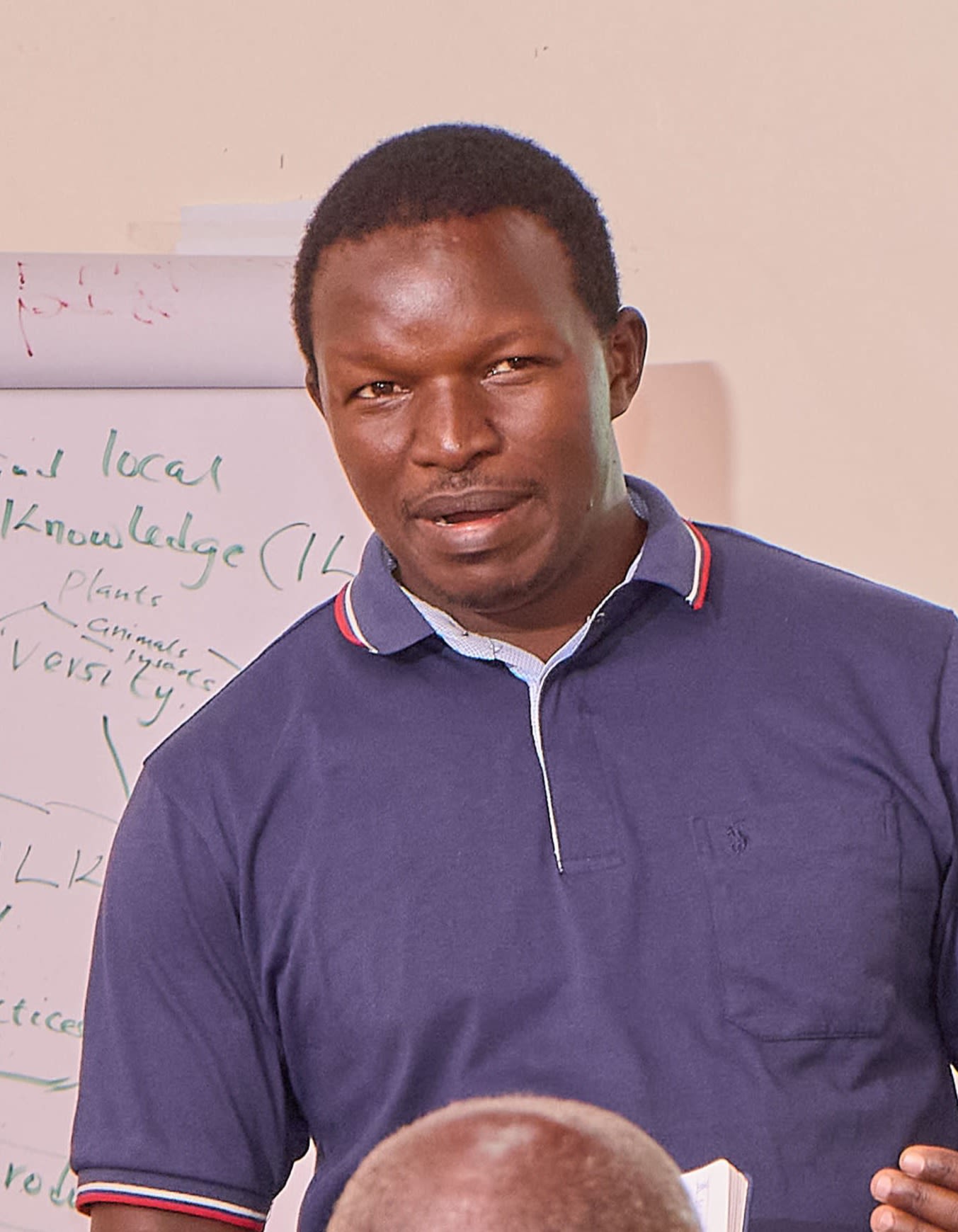
"Indigenous Peoples are deeply affected by the triple planetary crisis. However, through their experience and interaction with nature, they are also part of the solution, and therefore, this calls for their meaningful participation in policy dialogues. We can only realize their rights when we have them on board."
What initially sparked your interest in nature conservation and incorporating Indigenous perspectives into environmental policy?
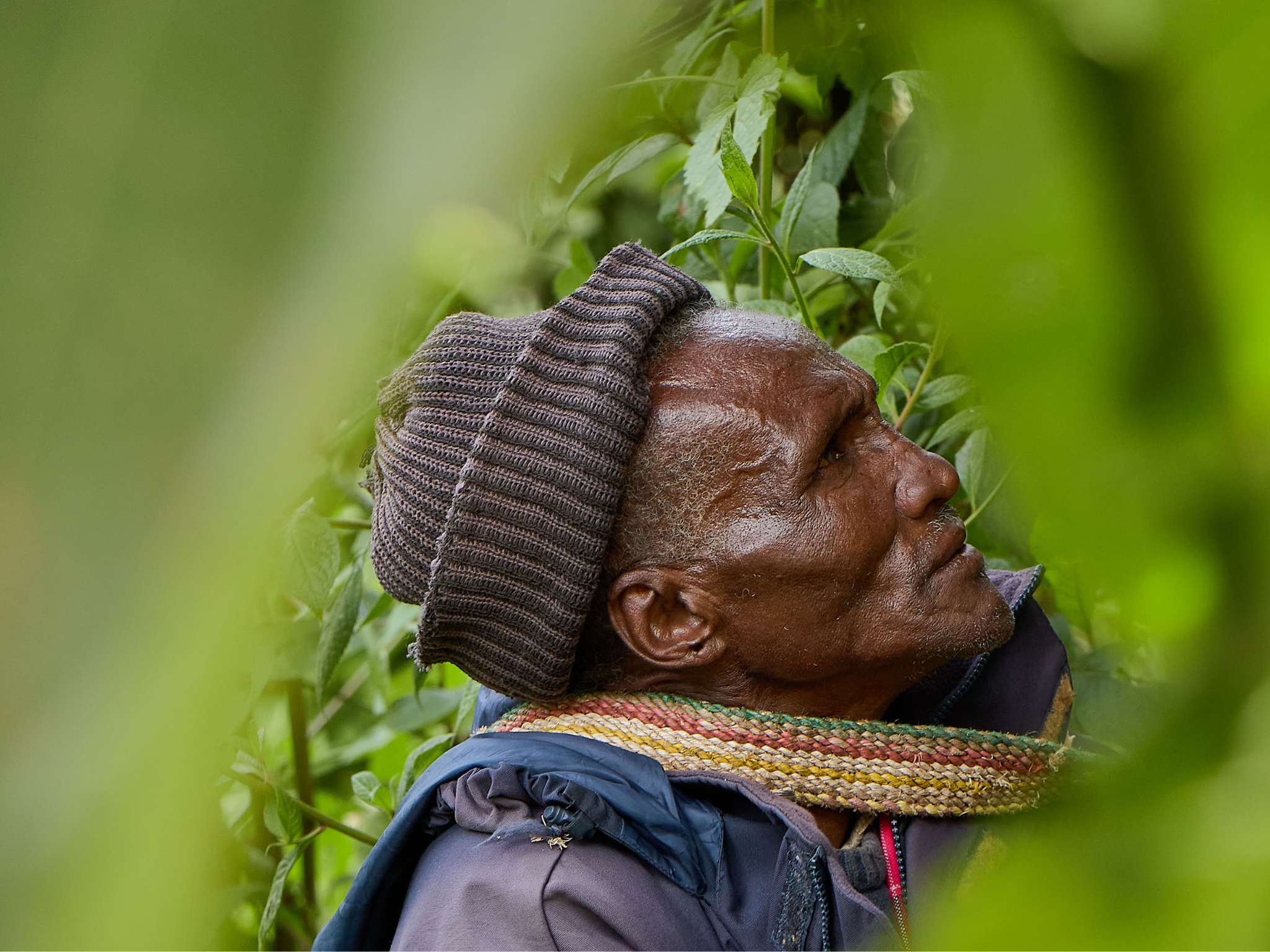
What initially sparked your interest in nature conservation and incorporating Indigenous perspectives into environmental policy?
I grew up knowing that my community is a forest community. That we are caretakers of forest resources. I saw the beauty of the forest. As a child, I was taught about different plants and animals and their importance in our community. I saw my grandmother gathering different herbs for our medicine, which she carefully extracted and watched over so that it didn’t get damaged. And when I grew up and got educated, I had all this background information strengthened.
When I got an opportunity to work with the Ogiek Peoples' Development Program in 2014, I saw it as a chance to contribute and preserve Indigenous knowledge, since the organization works to empower Indigenous Ogieks and other Indigenous communities in Kenya. As a native Ogiek, I found it easy to work there, since I grew up knowing the traditional practices of my community.
Image captions

I grew up knowing that my community is a forest community. That we are caretakers of forest resources. I saw the beauty of the forest. As a child, I was taught about different plants and animals and their importance in our community. I saw my grandmother gathering different herbs for our medicine, which she carefully extracted and watched over so that it didn’t get damaged. And when I grew up and got educated, I had all this background information strengthened.
When I got an opportunity to work with the Ogiek Peoples' Development Program in 2014, I saw it as a chance to contribute and preserve Indigenous knowledge, since the organization works to empower Indigenous Ogieks and other Indigenous communities in Kenya. As a native Ogiek, I found it easy to work there, since I grew up knowing the traditional practices of my community.
Could you share a personal experience or moment that strengthened your commitment to inclusive environmental decision-making processes?
Could you share a personal experience or moment that strengthened your commitment to inclusive environmental decision-making processes?
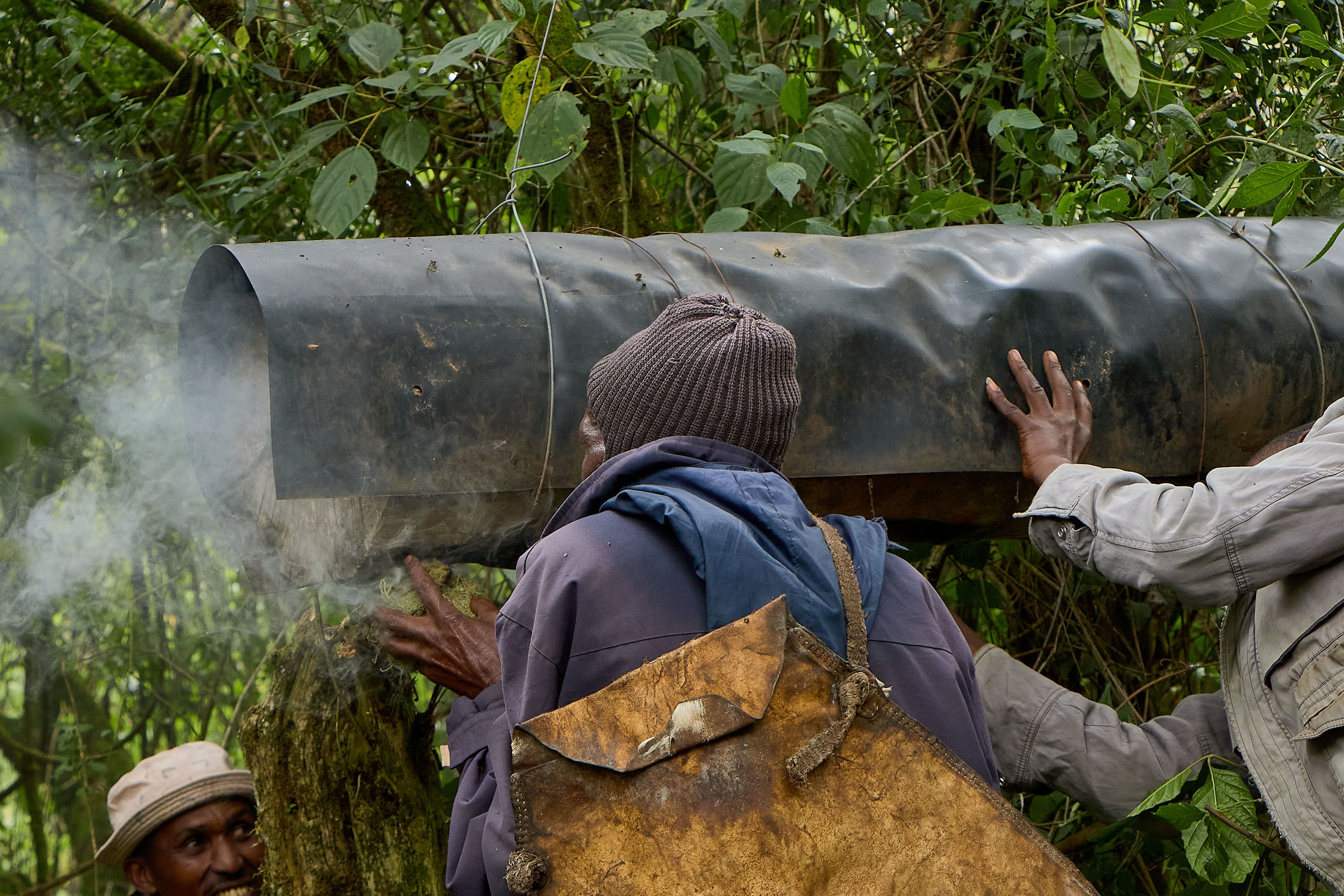
In 2015, I responded to a call by the Intergovernmental Science-Policy Platform on Biodiversity and Ecosystem Services (IPBES) to participate in a thematic assessment on pollinators, pollination and food production, where I contributed through dialogue workshops and wrote a chapter for the IPBES report on Indigenous and local knowledge about pollination and pollinators associated with food production. I also contributed to the IPBES methodological assessment on diverse values and valuation of nature released in 2022.
During the IPBES Indigenous and local dialogue workshops, I travelled to Panama and later to the Brazilian Amazon and saw wonders of biodiversity. It was an opportunity for me to share the Ogieks’ perspectives and practices of pollinator conservation, especially the honeybees and forest birds. Although the Ogieks had no formal association of bees to the pollination aspect, they attributed the flowering seasons of plants to interaction with bees, bee swarming and honey production. The value of bees and birds was expressed in songs, cultural sayings, rites and ceremonies and even trade.
Image captions

In 2015, I responded to a call by the Intergovernmental Science-Policy Platform on Biodiversity and Ecosystem Services (IPBES) to participate in a thematic assessment on pollinators, pollination and food production, where I contributed through dialogue workshops and wrote a chapter for the IPBES report on Indigenous and local knowledge about pollination and pollinators associated with food production. I also contributed to the IPBES methodological assessment on diverse values and valuation of nature released in 2022.
During the IPBES Indigenous and local dialogue workshops, I travelled to Panama and later to the Brazilian Amazon and saw wonders of biodiversity. It was an opportunity for me to share the Ogieks’ perspectives and practices of pollinator conservation, especially the honeybees and forest birds. Although the Ogieks had no formal association of bees to the pollination aspect, they attributed the flowering seasons of plants to interaction with bees, bee swarming and honey production. The value of bees and birds was expressed in songs, cultural sayings, rites and ceremonies and even trade.
How do you see Indigenous values influencing your approach to conservation efforts and can you provide an example of how these values have shaped a specific project or initiative you've been involved in?
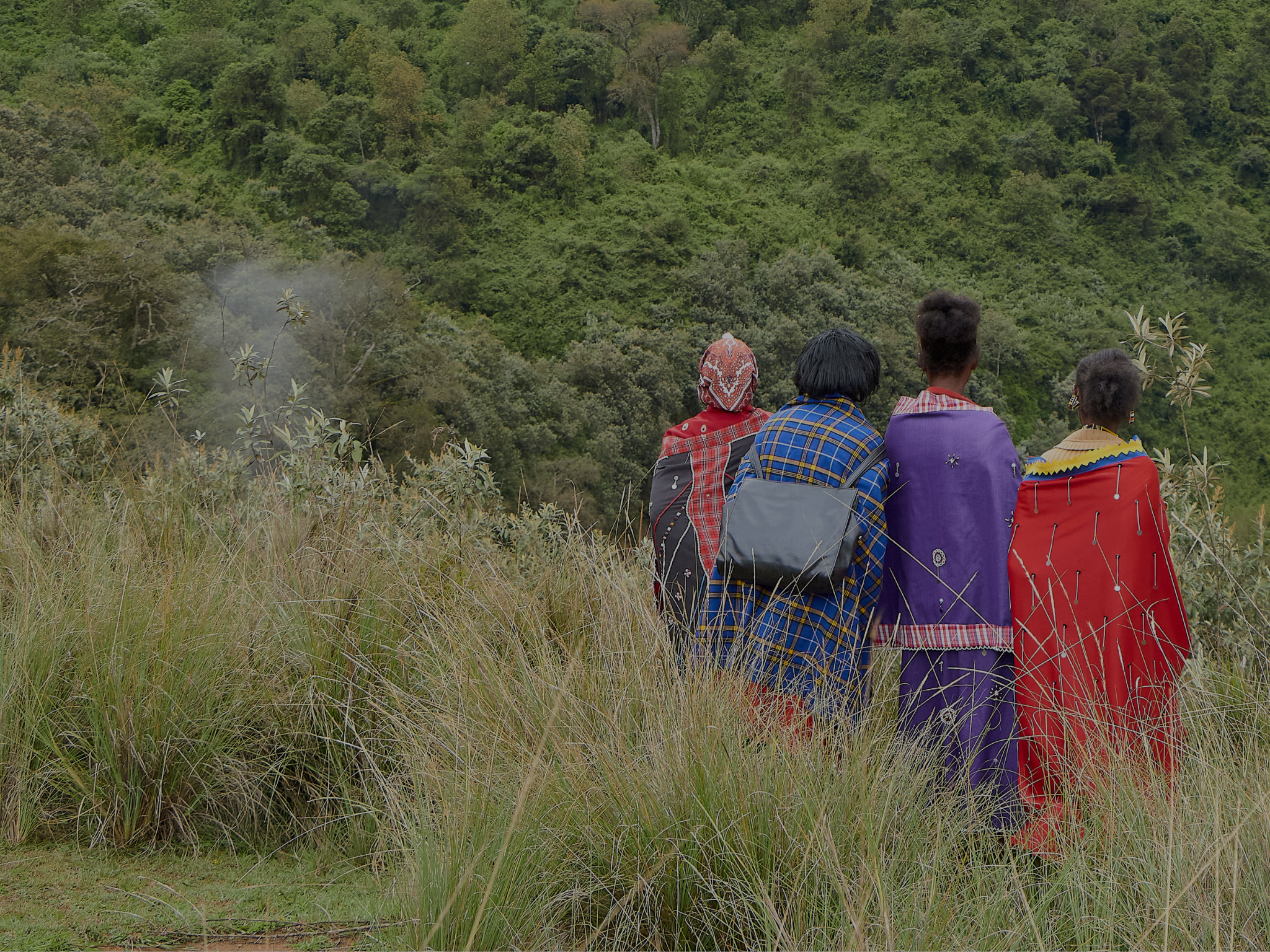
How do you see Indigenous values influencing your approach to conservation efforts and can you provide an example of how these values have shaped a specific project or initiative you've been involved in?
Indigenous values reflect deep respect and connection to the land and its resources, especially the forest. Indigenous communities like the Ogiek have resisted evictions and provision of alternative land. They claim a strong attachment to the land where their ancestors were buried and have the practice of tree and hive inheritance. In Eburu (Nakuru County, Kenya), there is an Ogiek homestead fenced off as part of the forest and next to Kenya Forest Service offices and KenGen offices.
In some restoration projects, the contribution of Indigenous Peoples is invaluable. They can tell where certain species used to be and make recommendations for them to be restored. They have always advocated ecosystem restoration using indigenous trees because of their economic and sociocultural benefits, such as the provision of honey and herbal medicine. Regarding sacred sites, efforts are underway to document them and pursue their recognition as cultural, historical and ecotourism sites, aimed at benefitting the community.
Image captions

Indigenous values reflect deep respect and connection to the land and its resources, especially the forest. Indigenous communities like the Ogiek have resisted evictions and provision of alternative land. They claim a strong attachment to the land where their ancestors were buried and have the practice of tree and hive inheritance. In Eburu (Nakuru County, Kenya), there is an Ogiek homestead fenced off as part of the forest and next to Kenya Forest Service offices and KenGen offices.
In some restoration projects, the contribution of Indigenous Peoples is invaluable. They can tell where certain species used to be and make recommendations for them to be restored. They have always advocated ecosystem restoration using indigenous trees because of their economic and sociocultural benefits, such as the provision of honey and herbal medicine. Regarding sacred sites, efforts are underway to document them and pursue their recognition as cultural, historical and ecotourism sites, aimed at benefitting the community.

